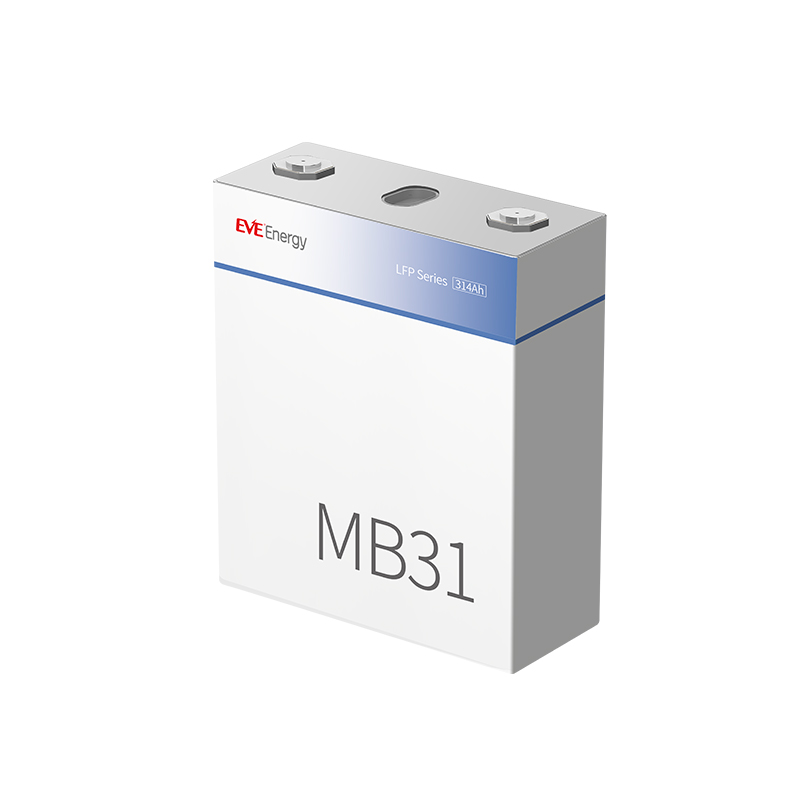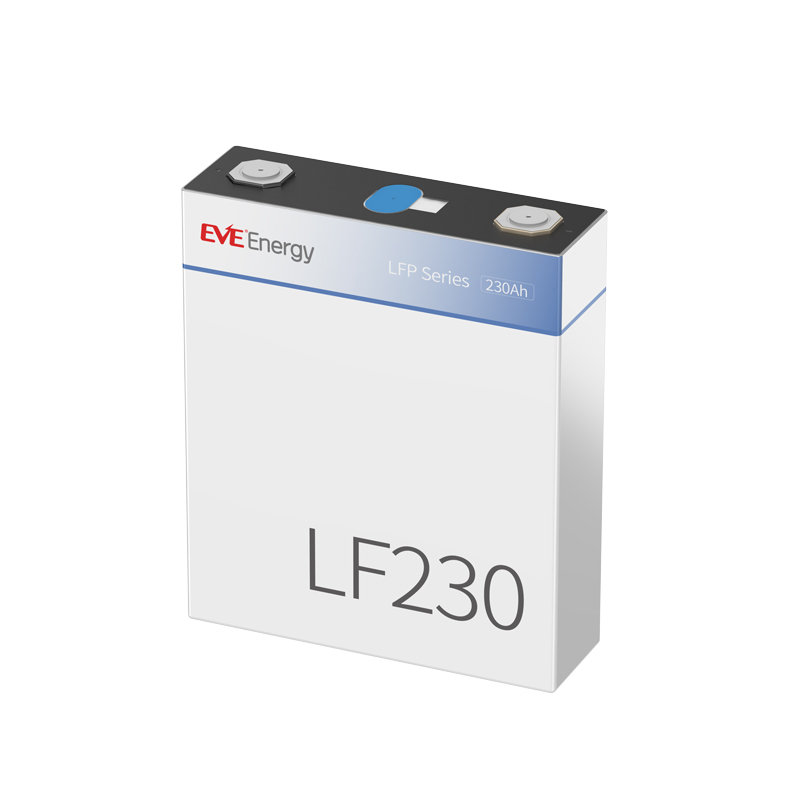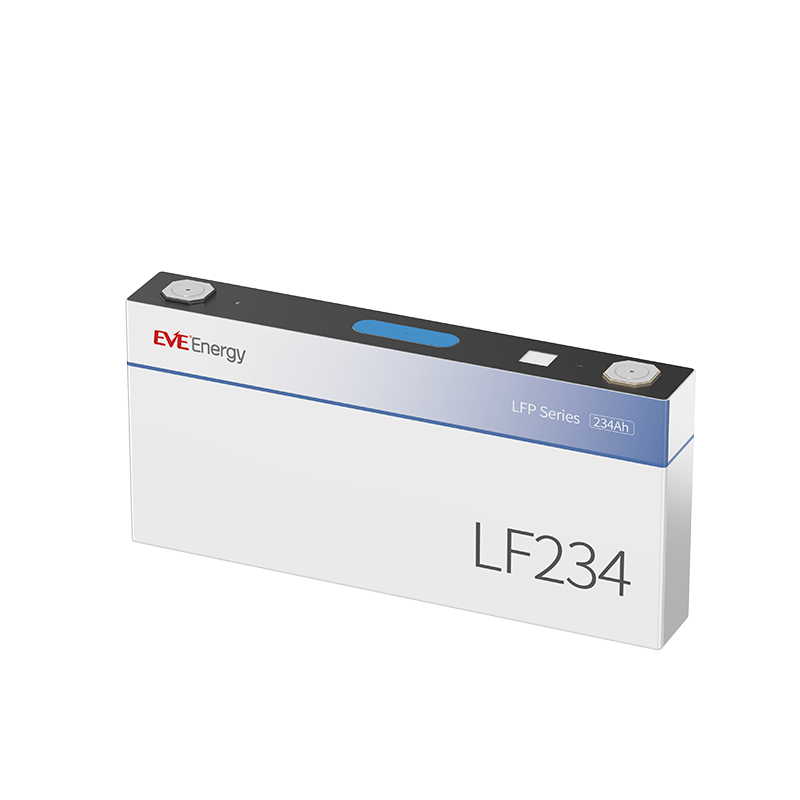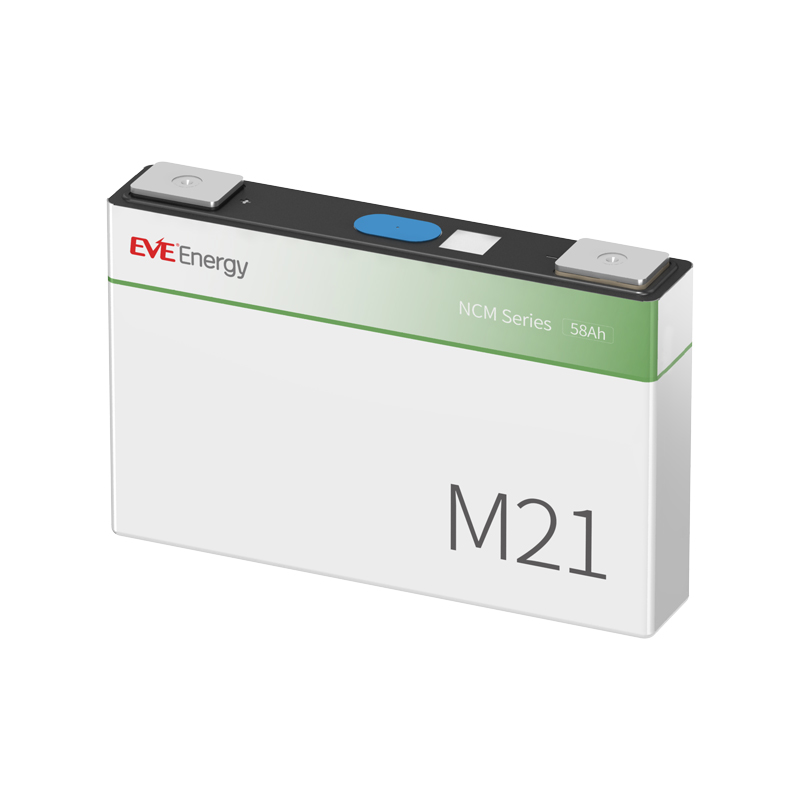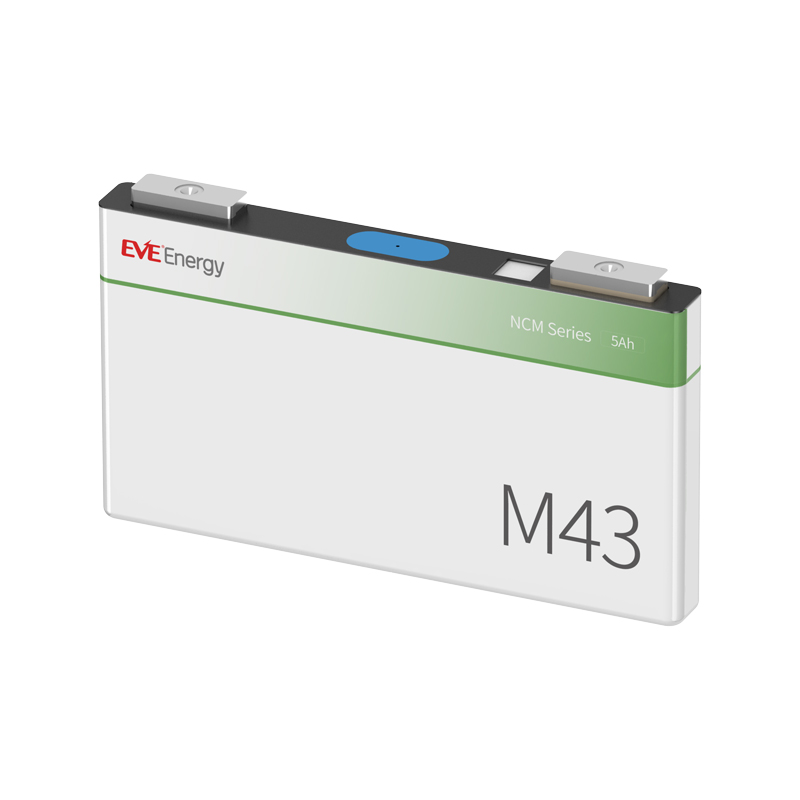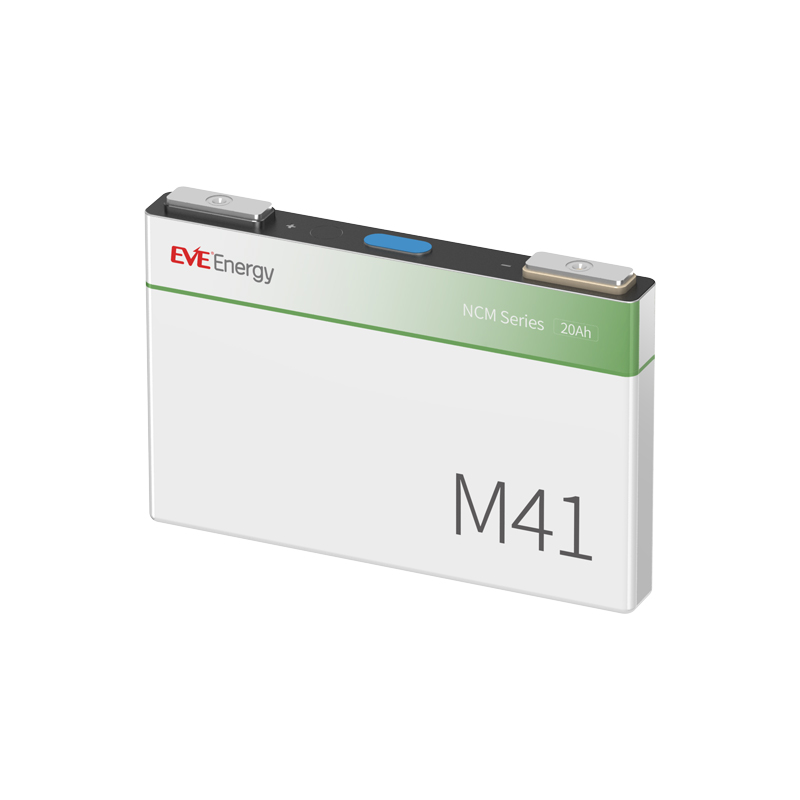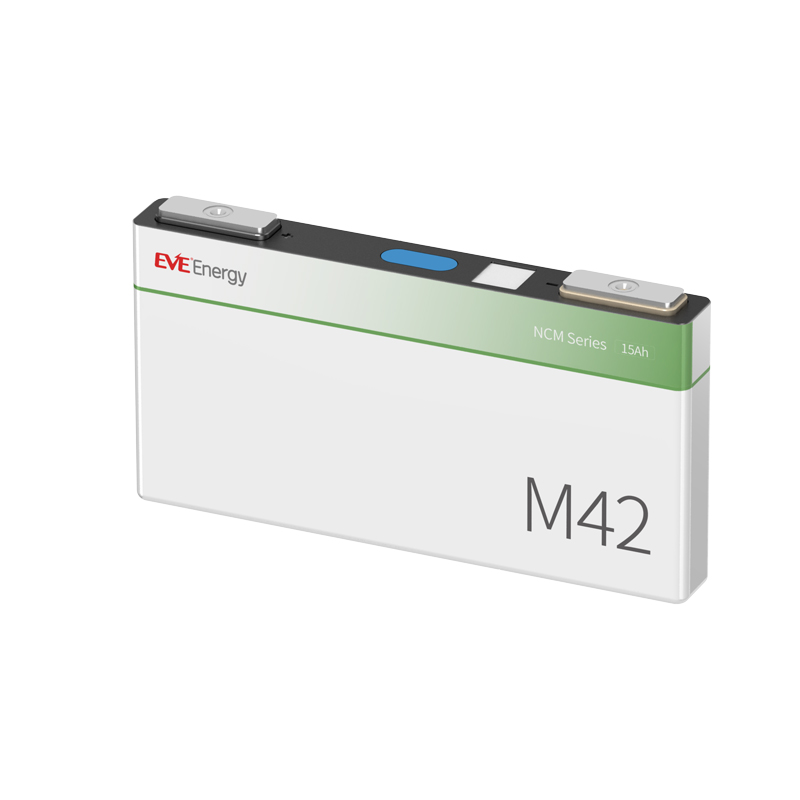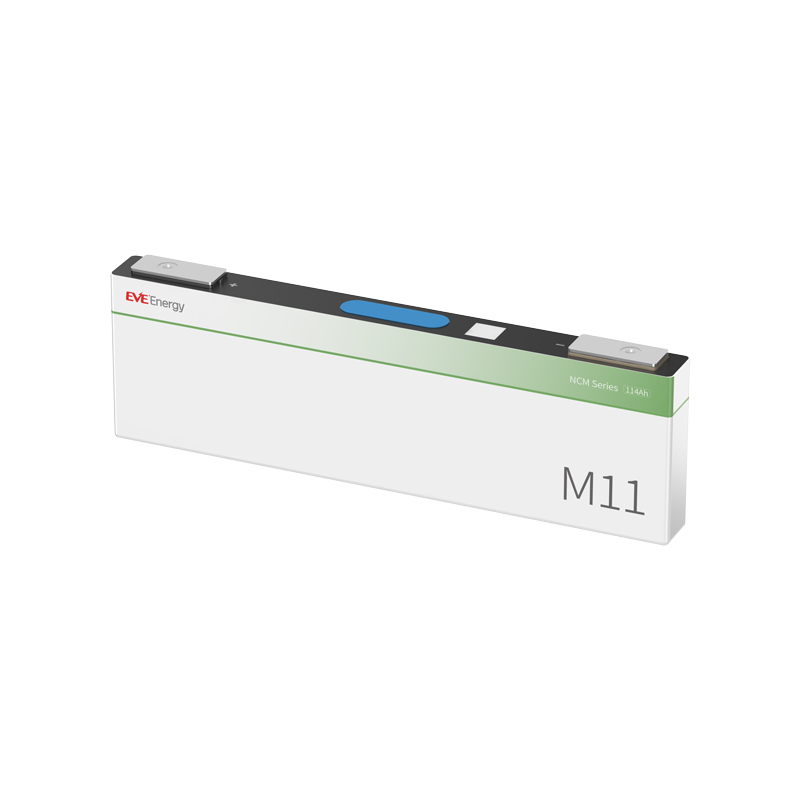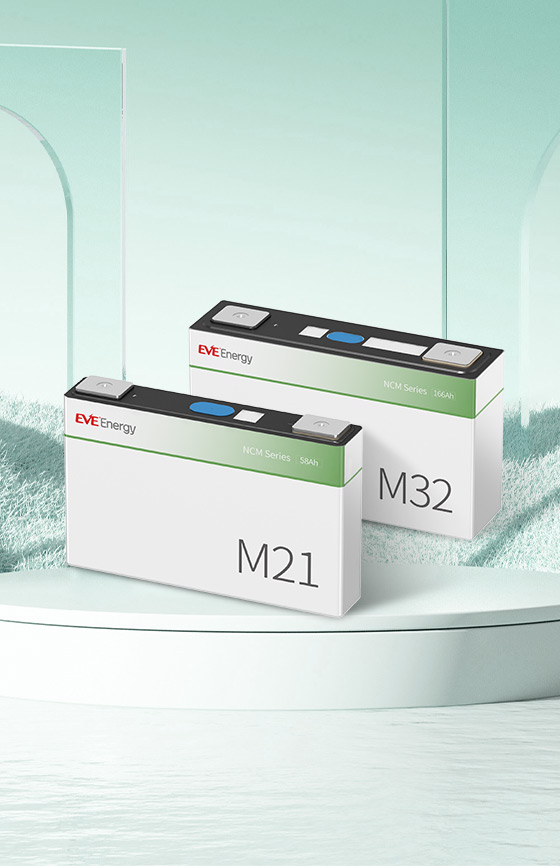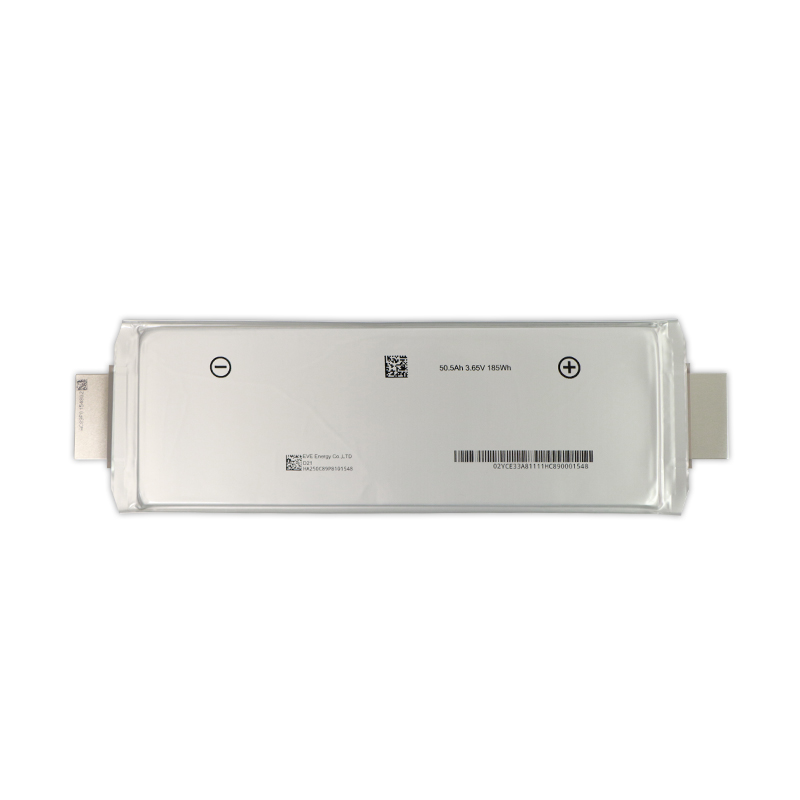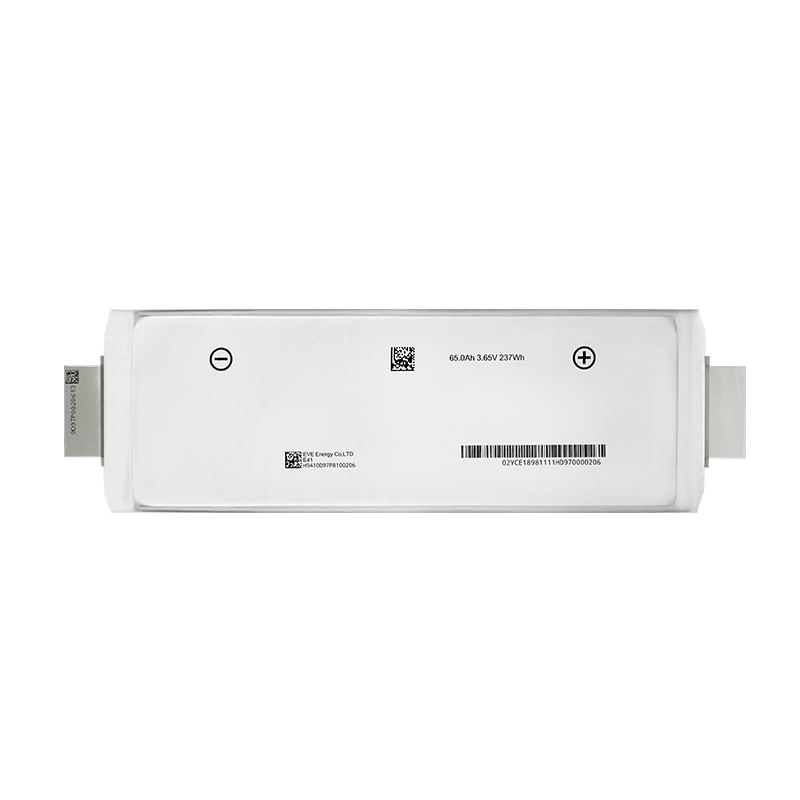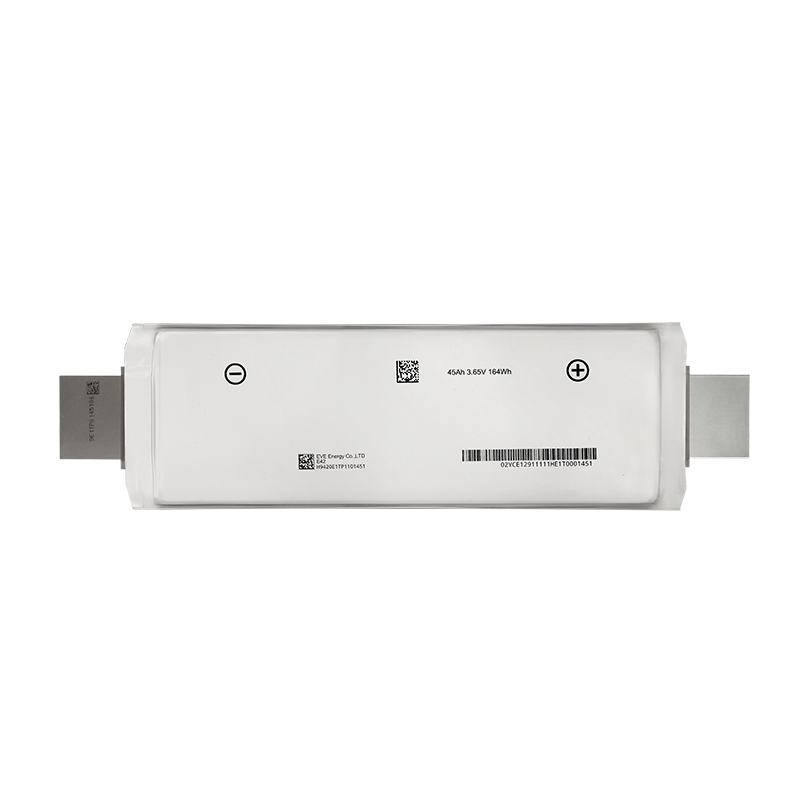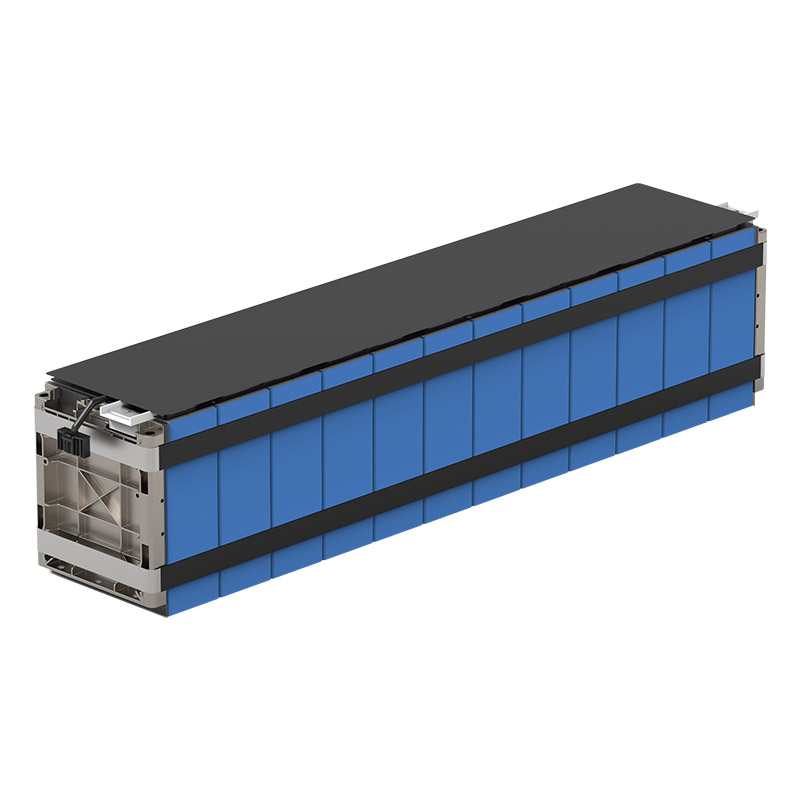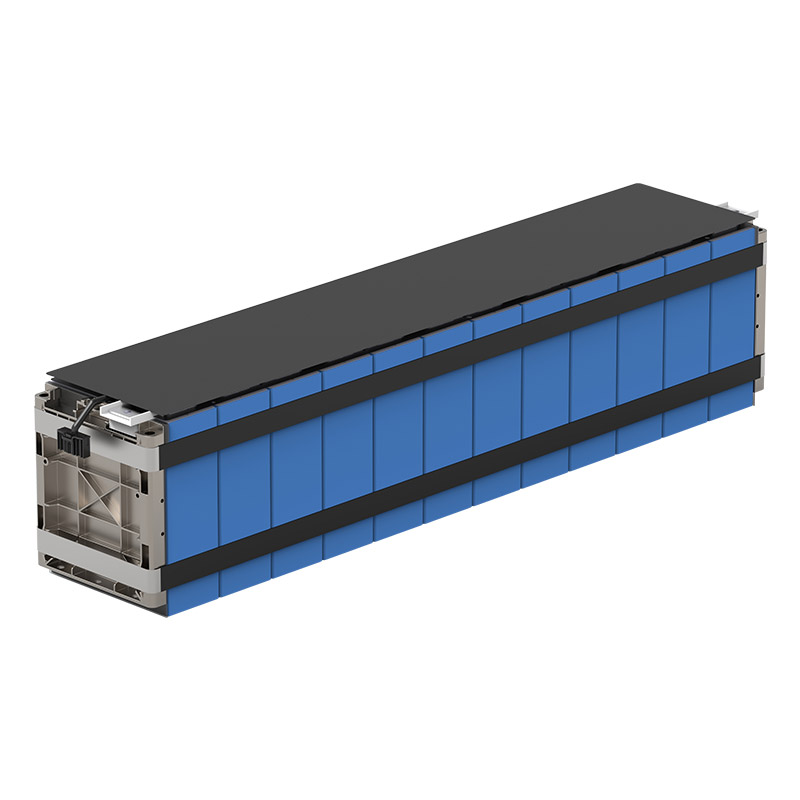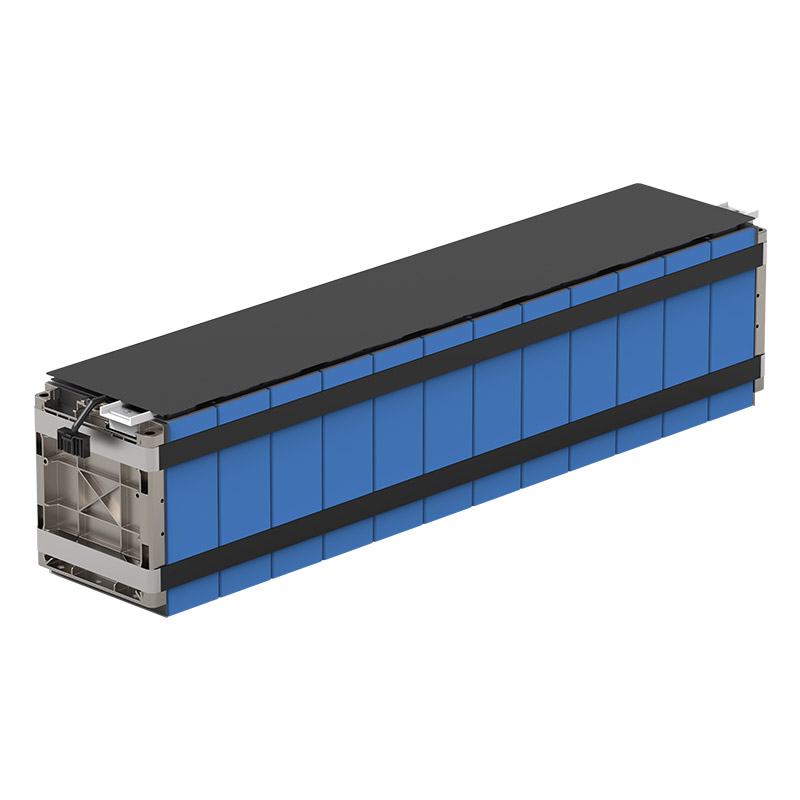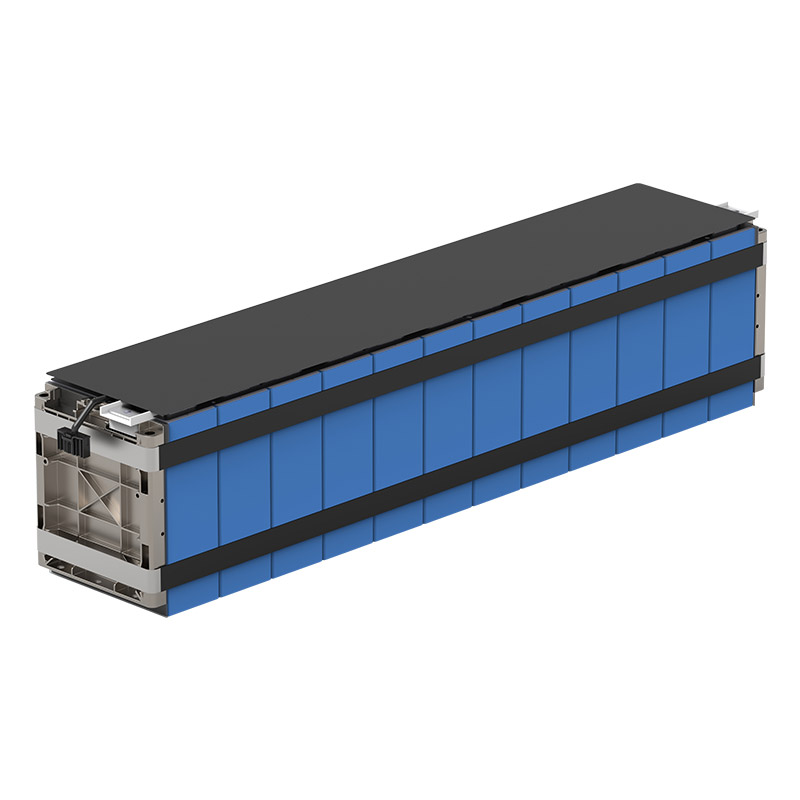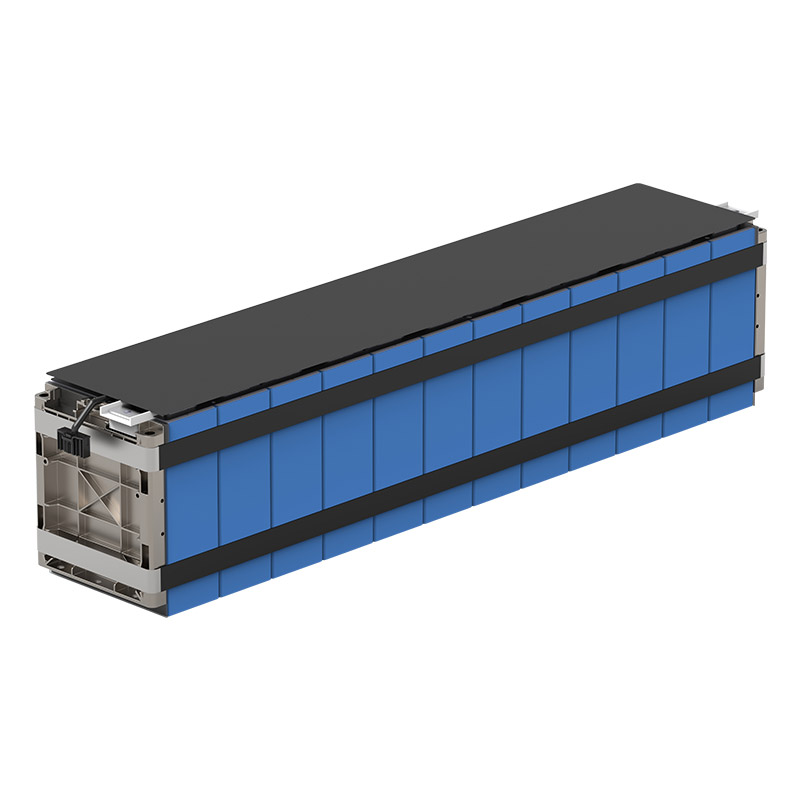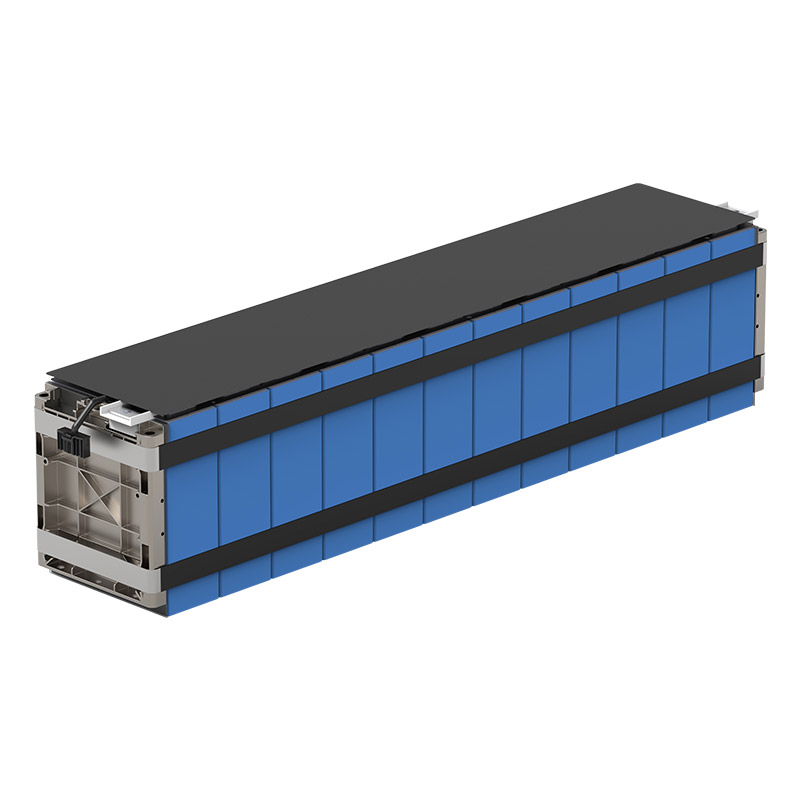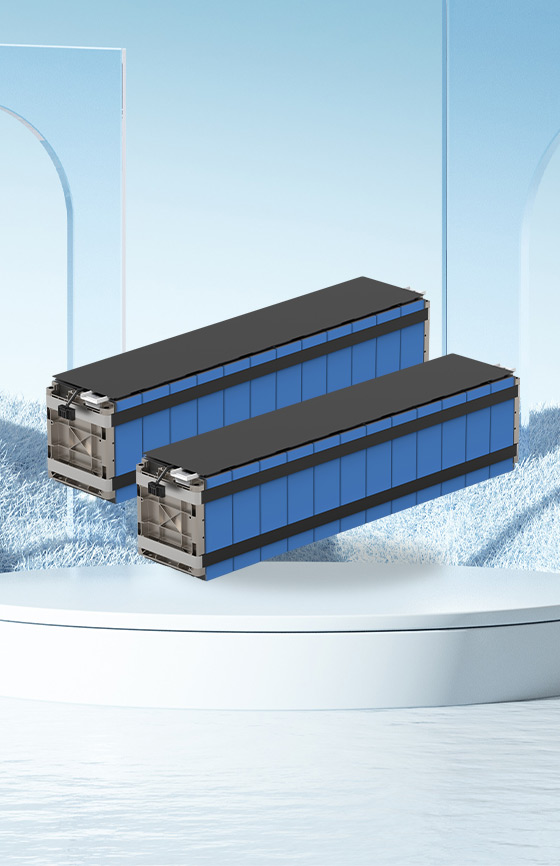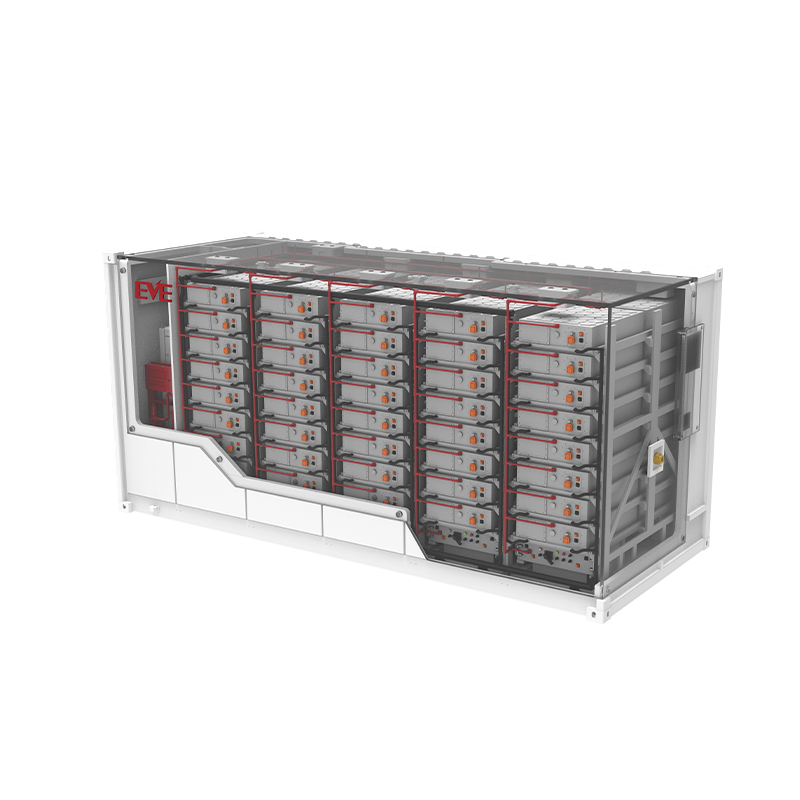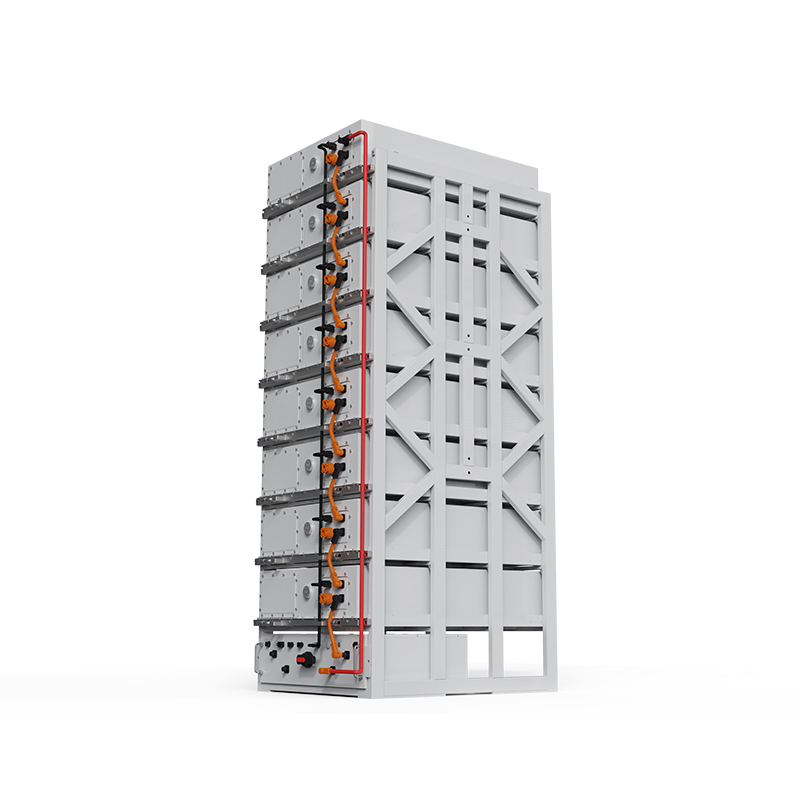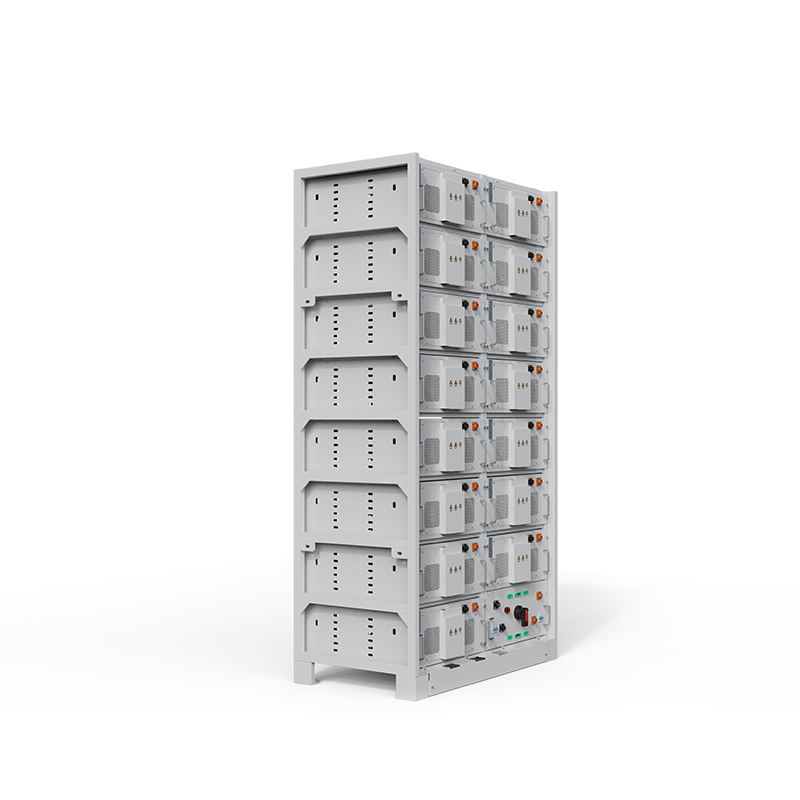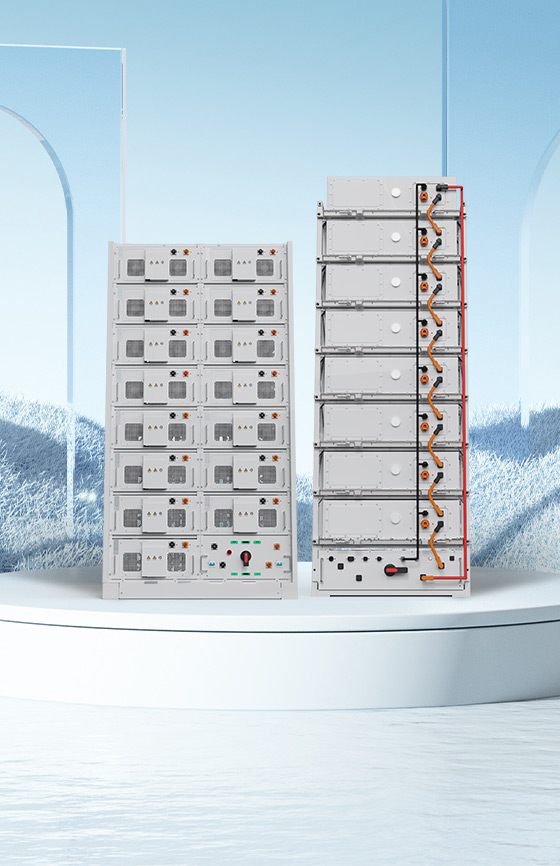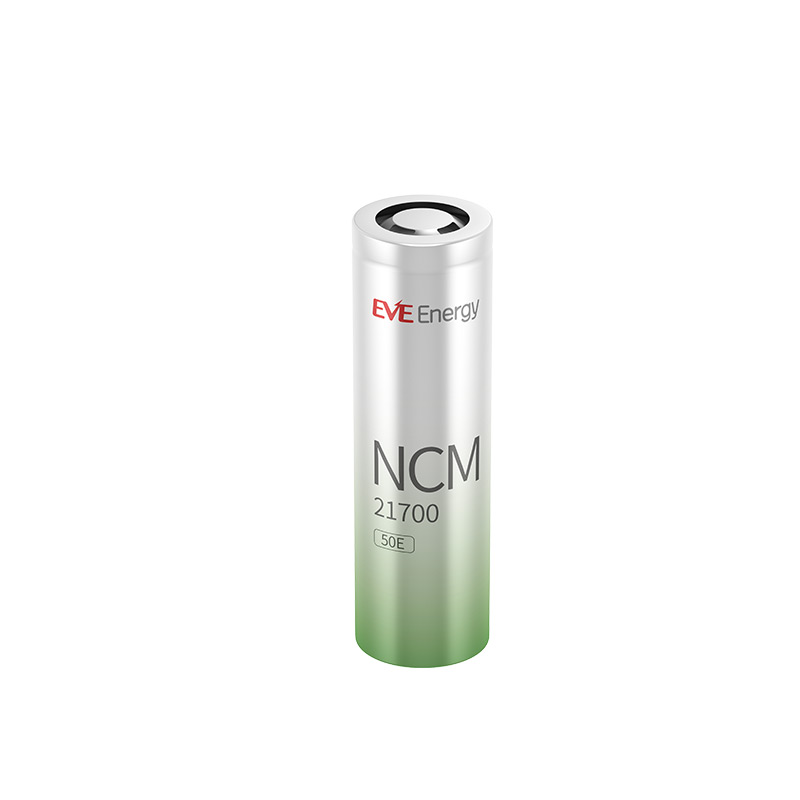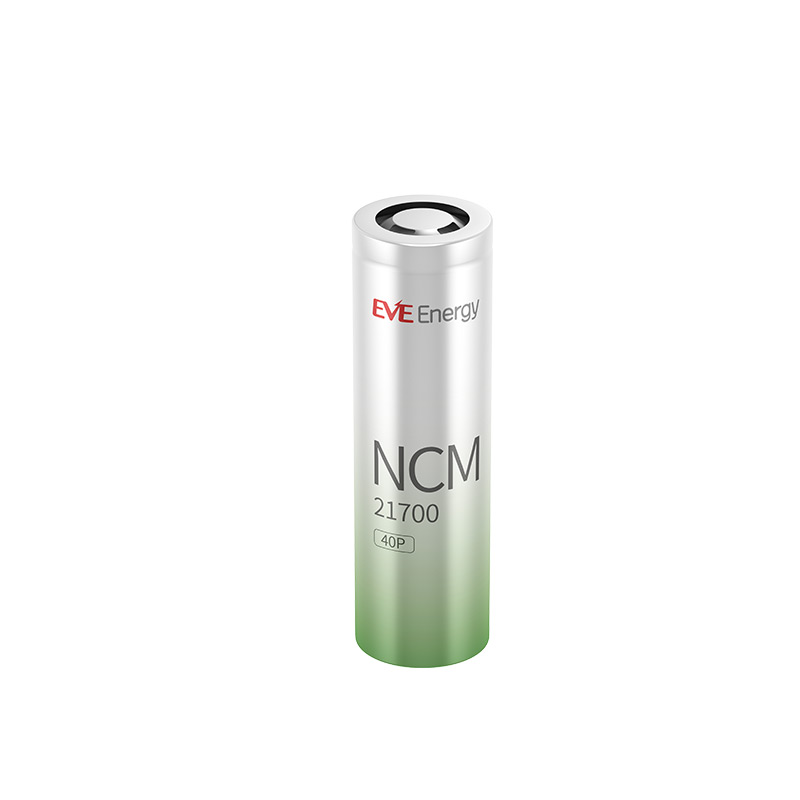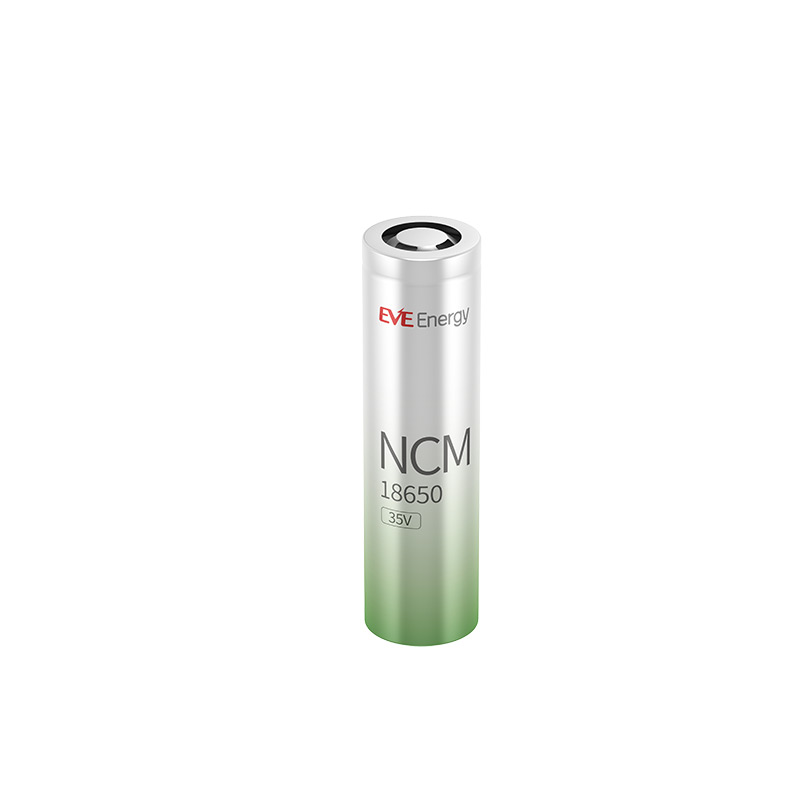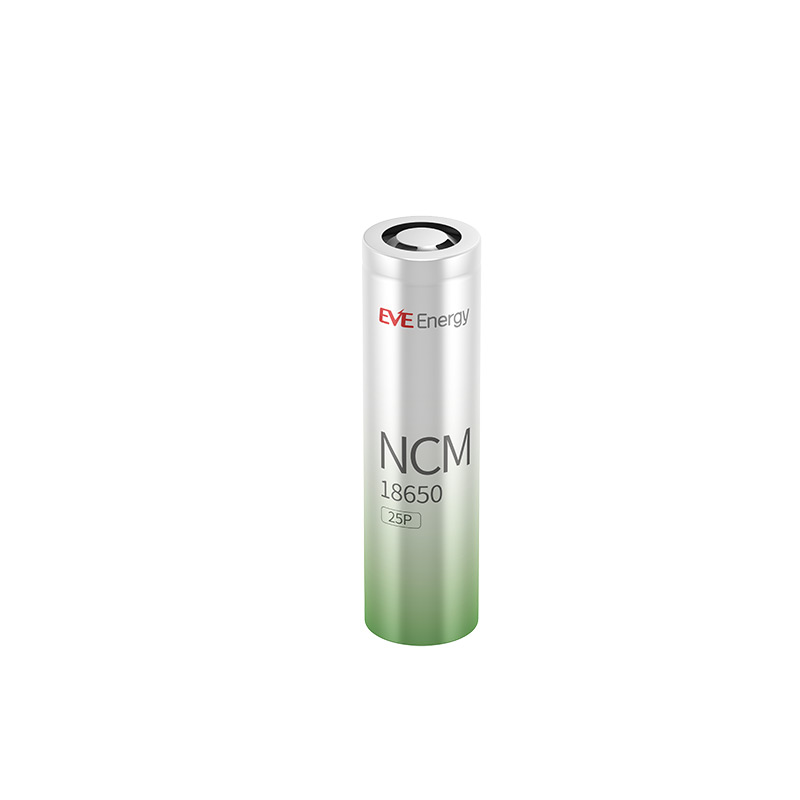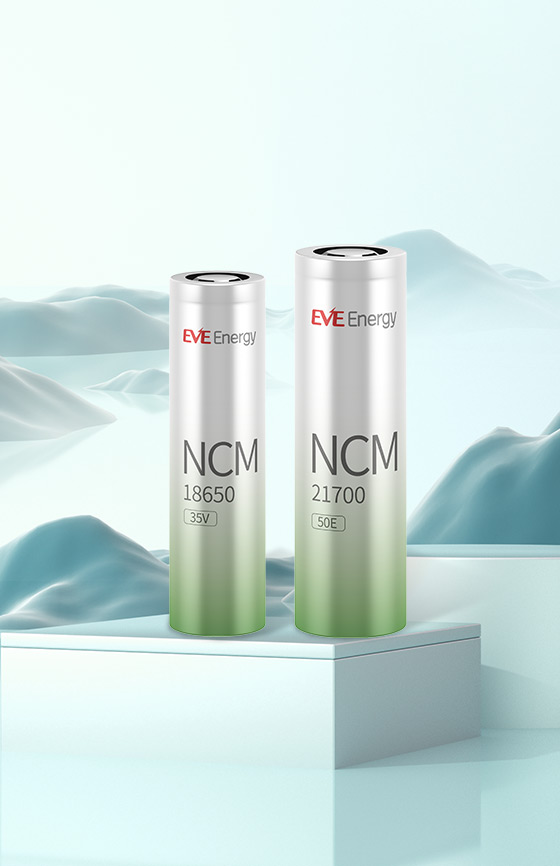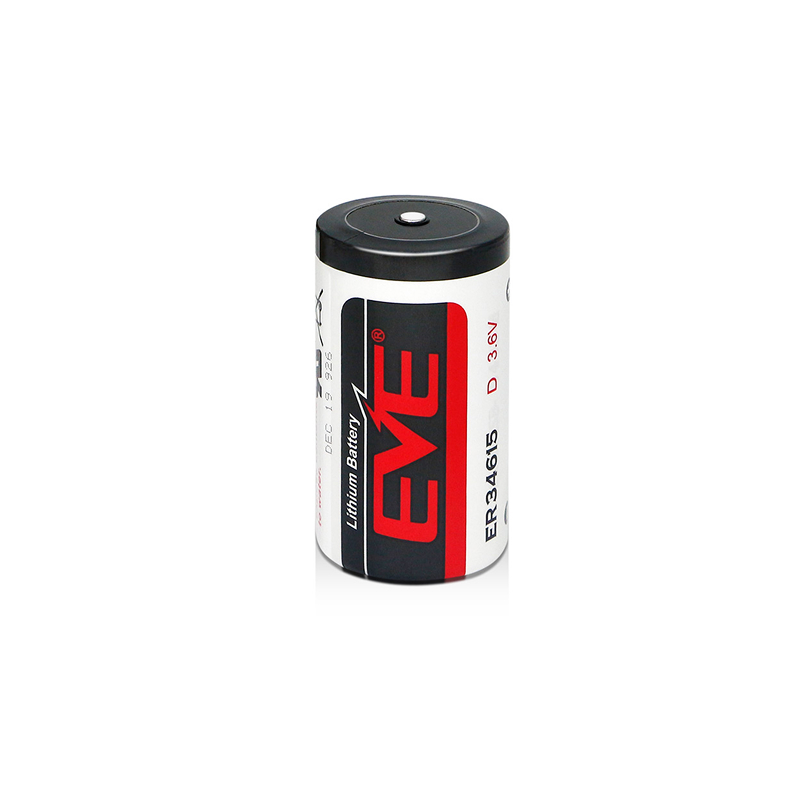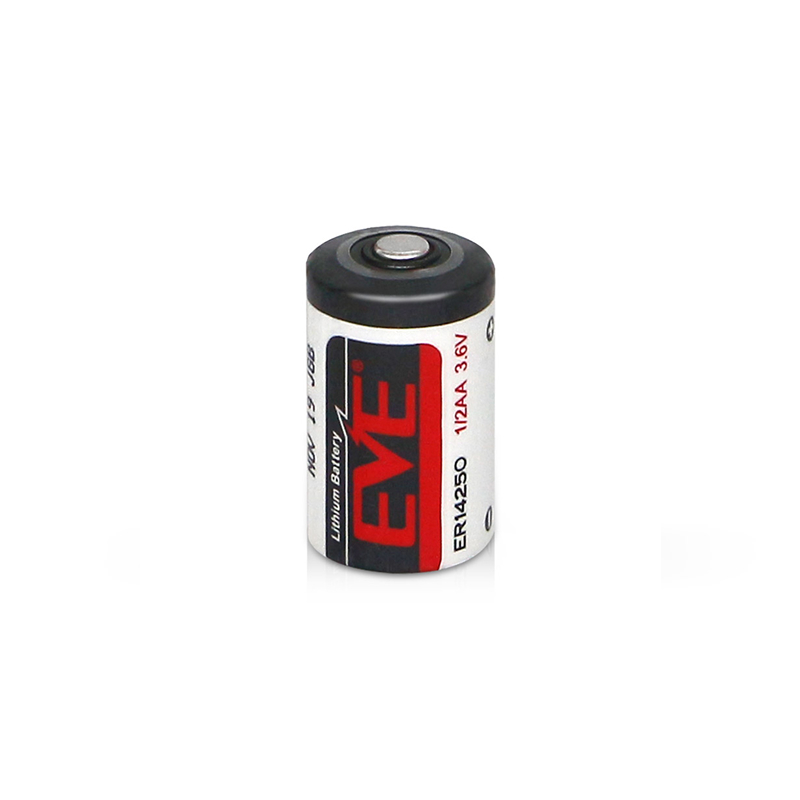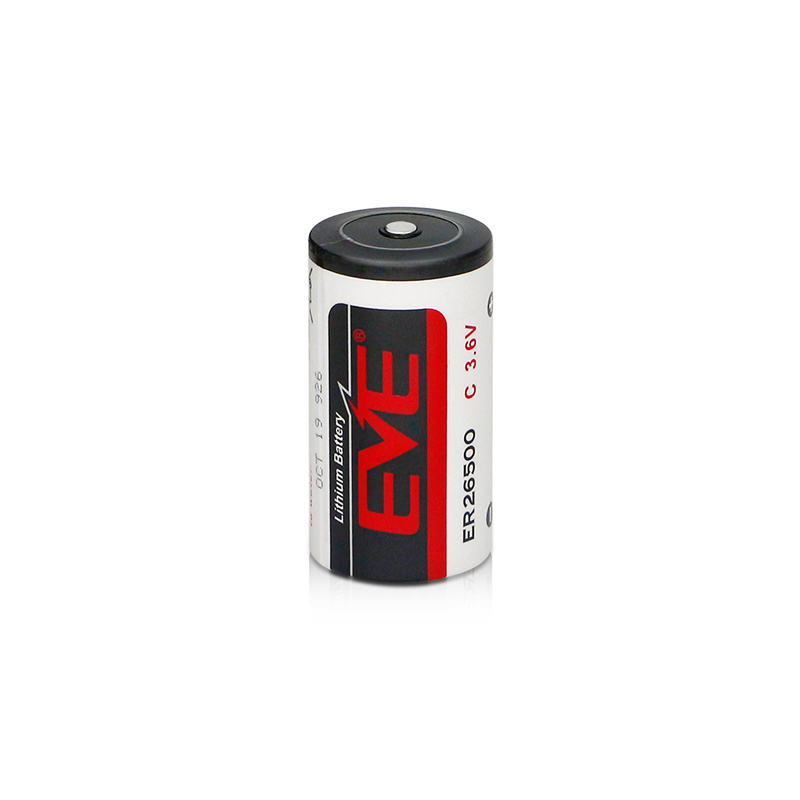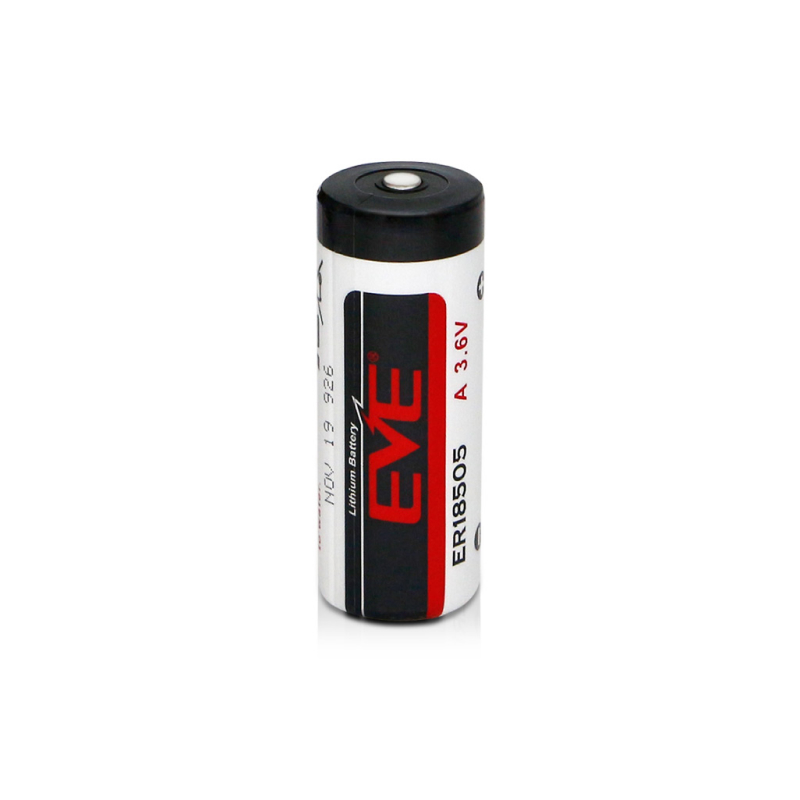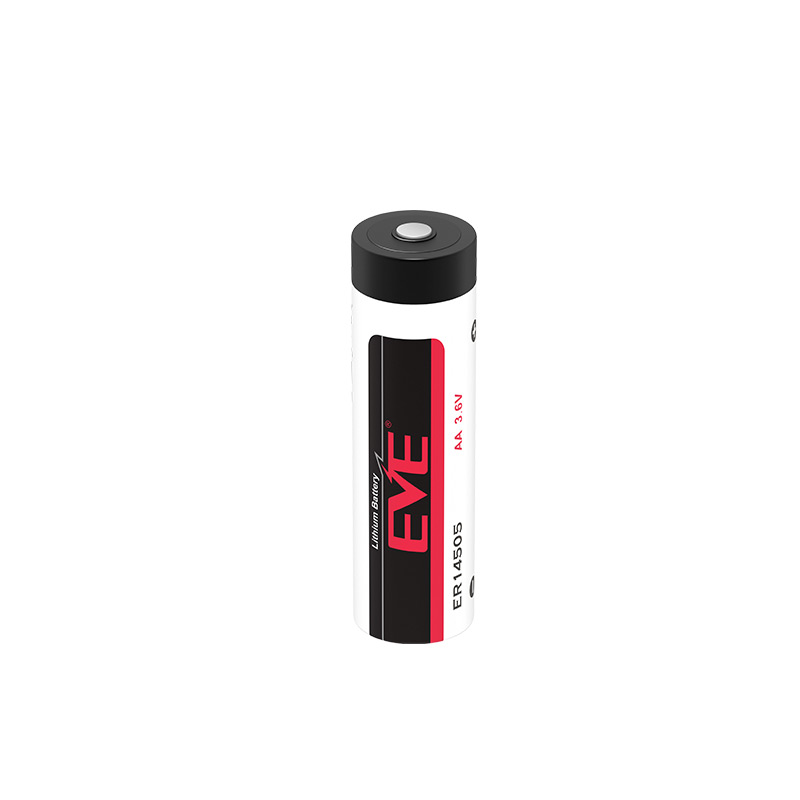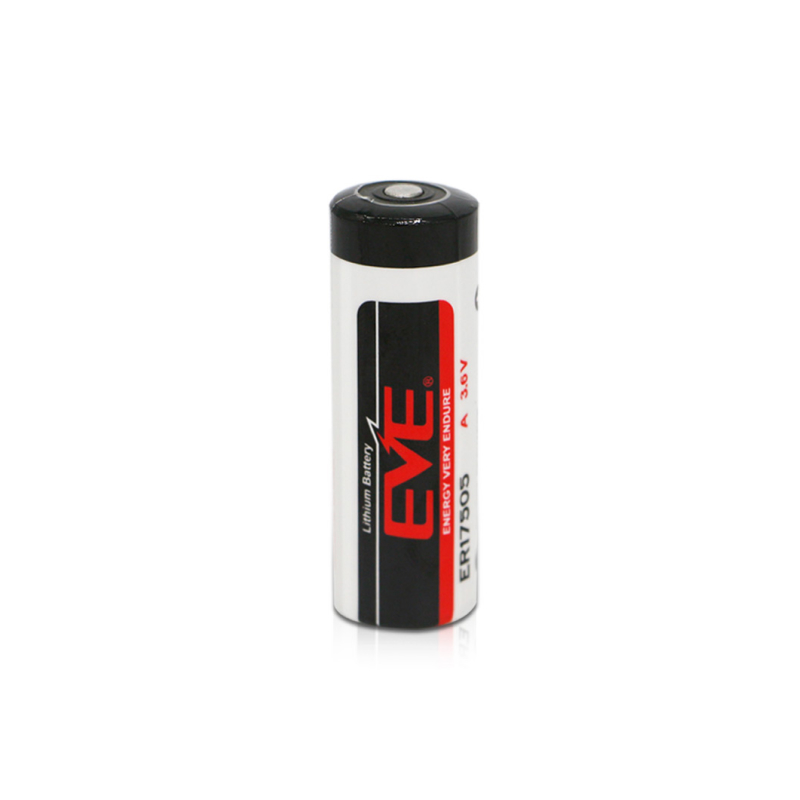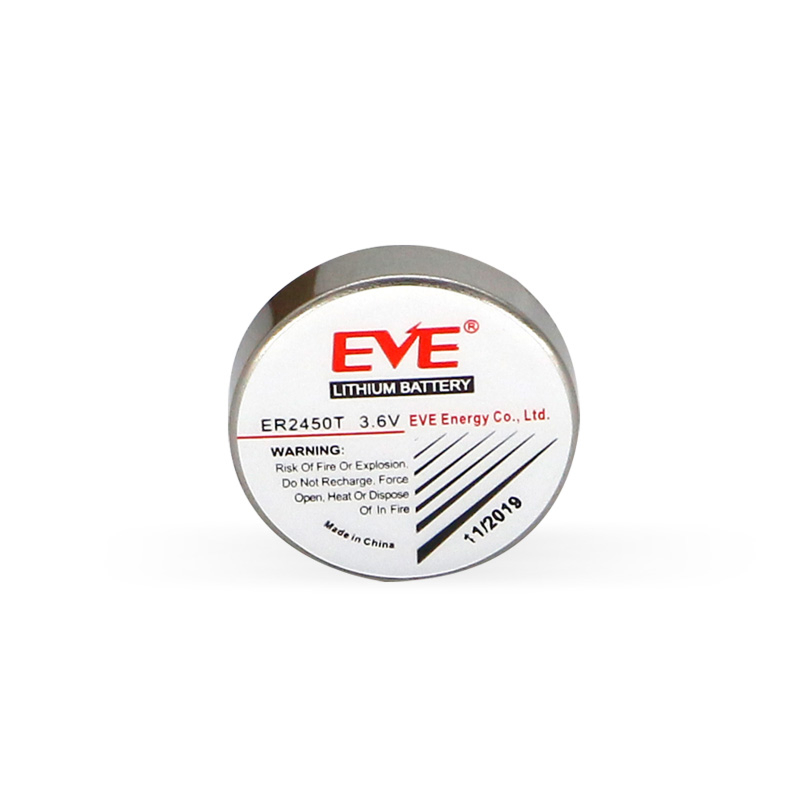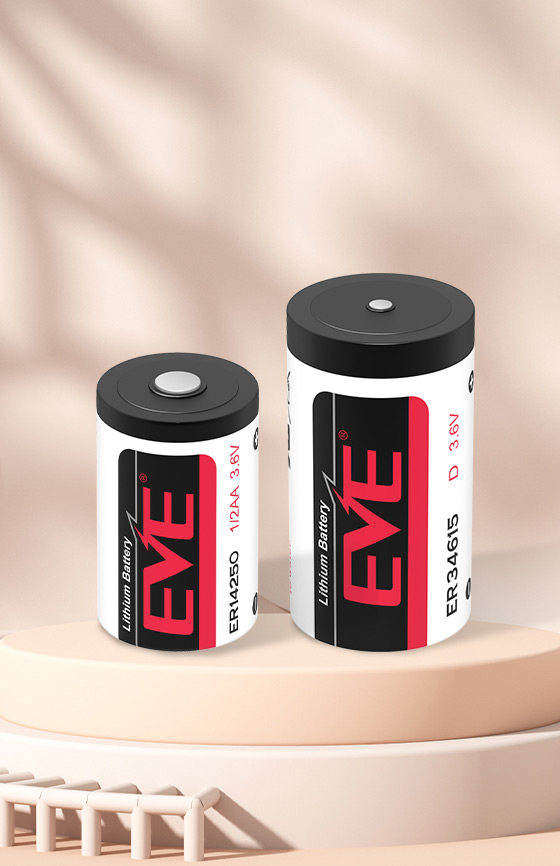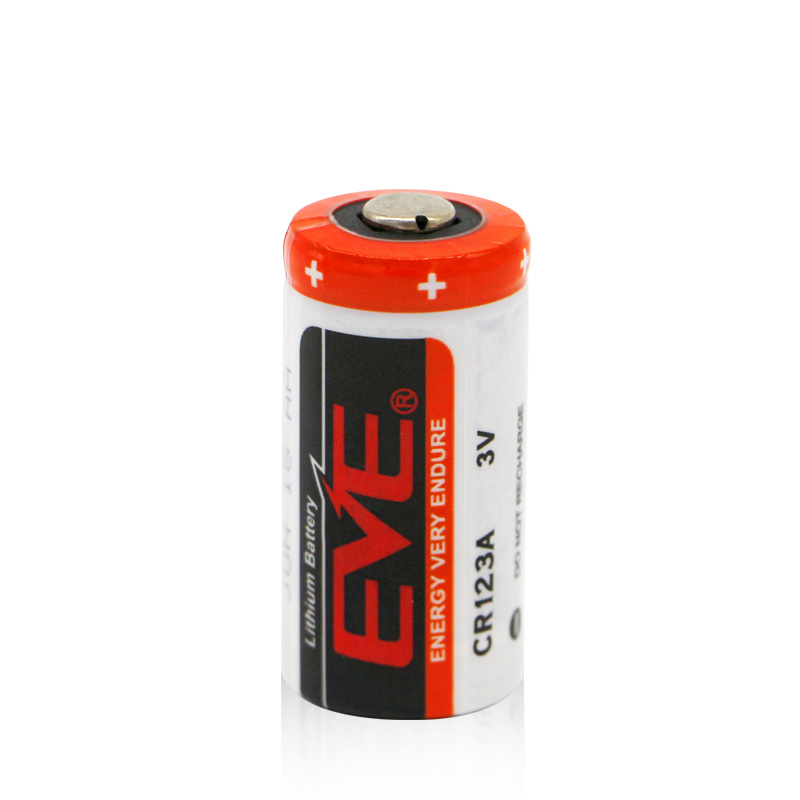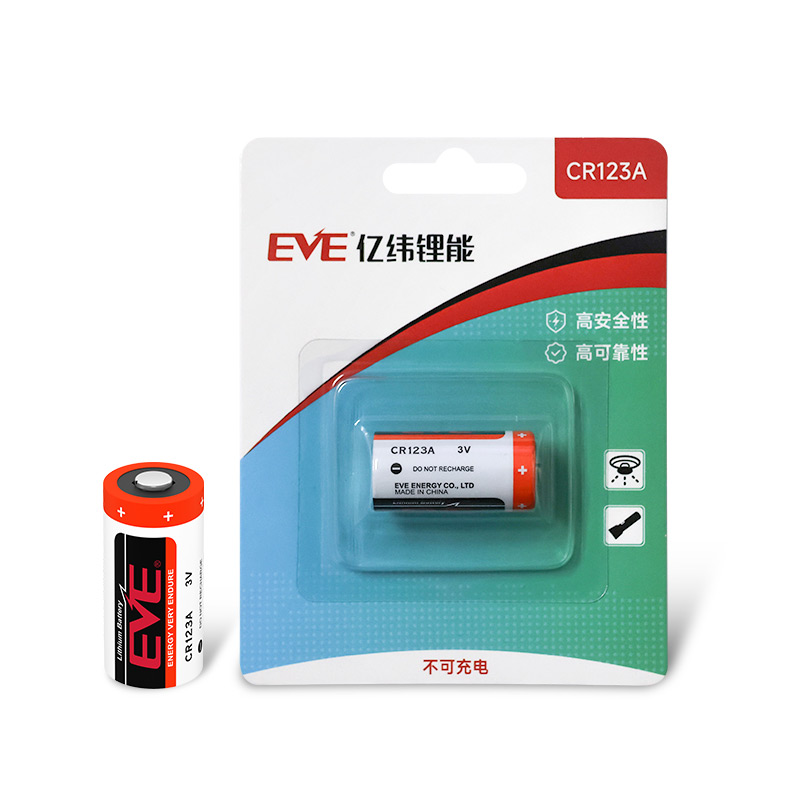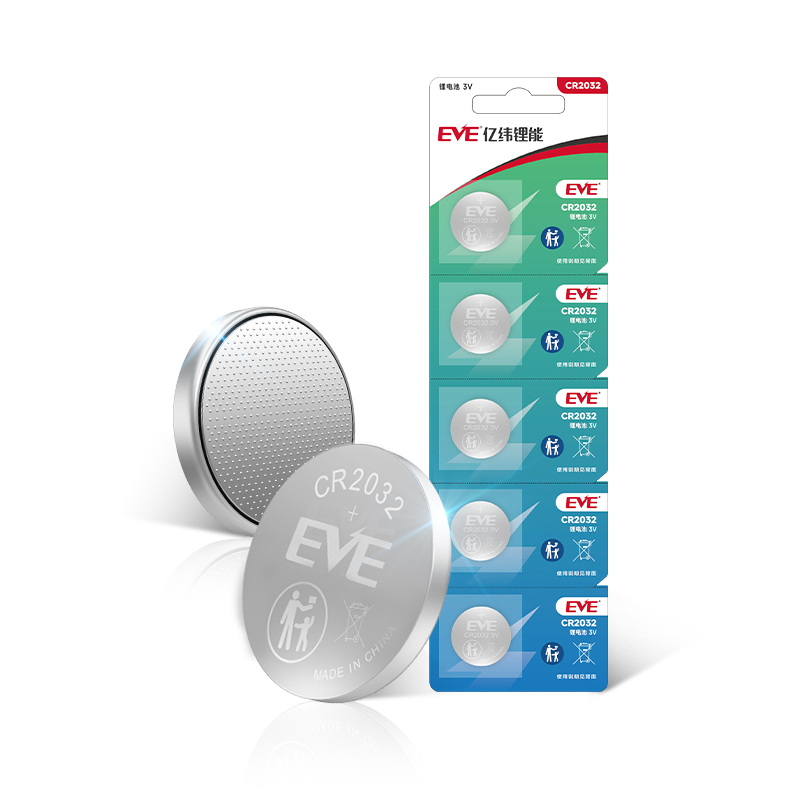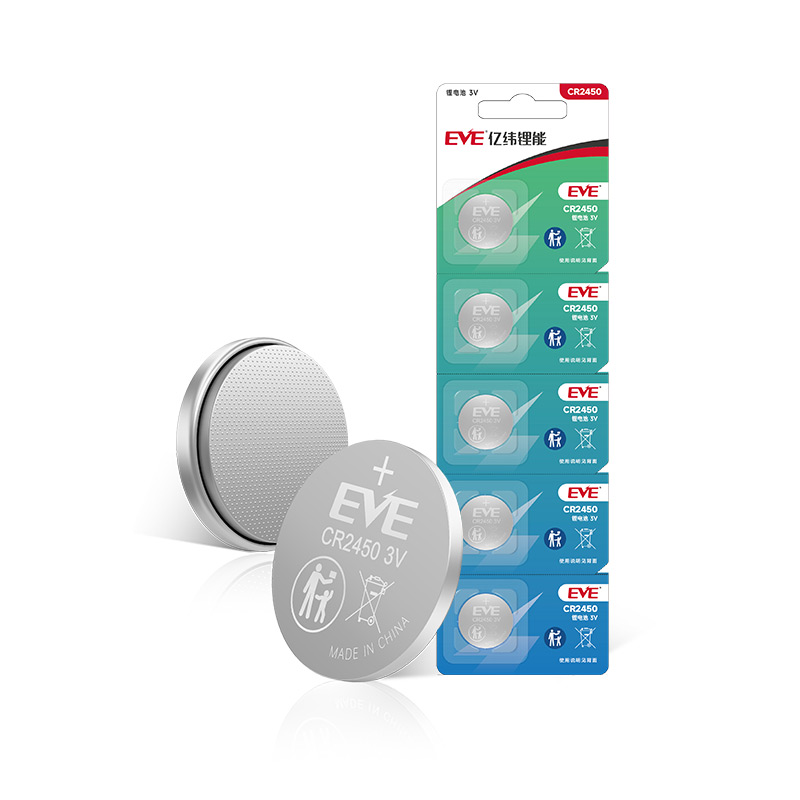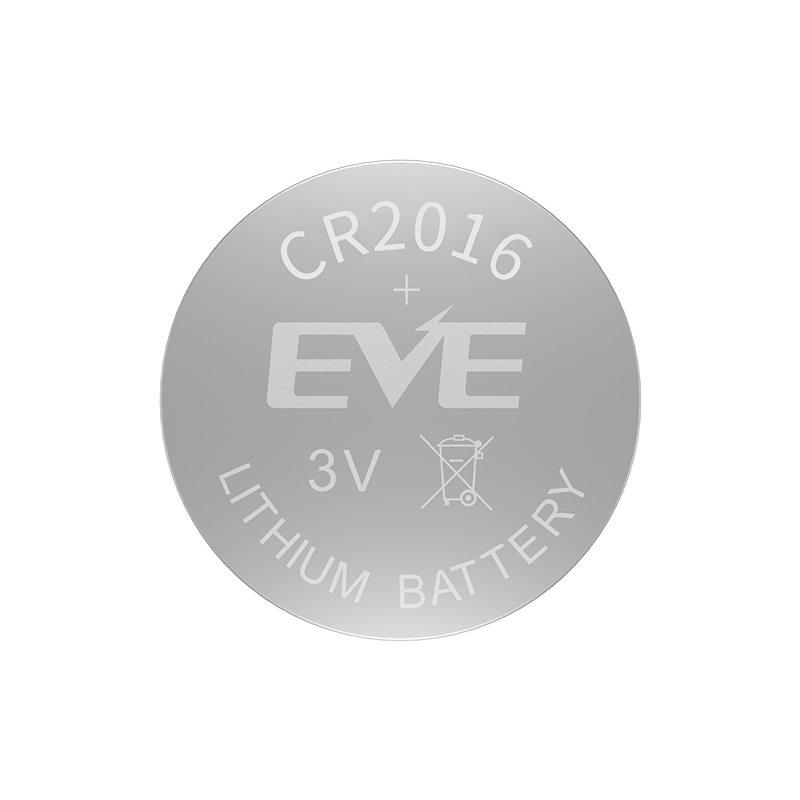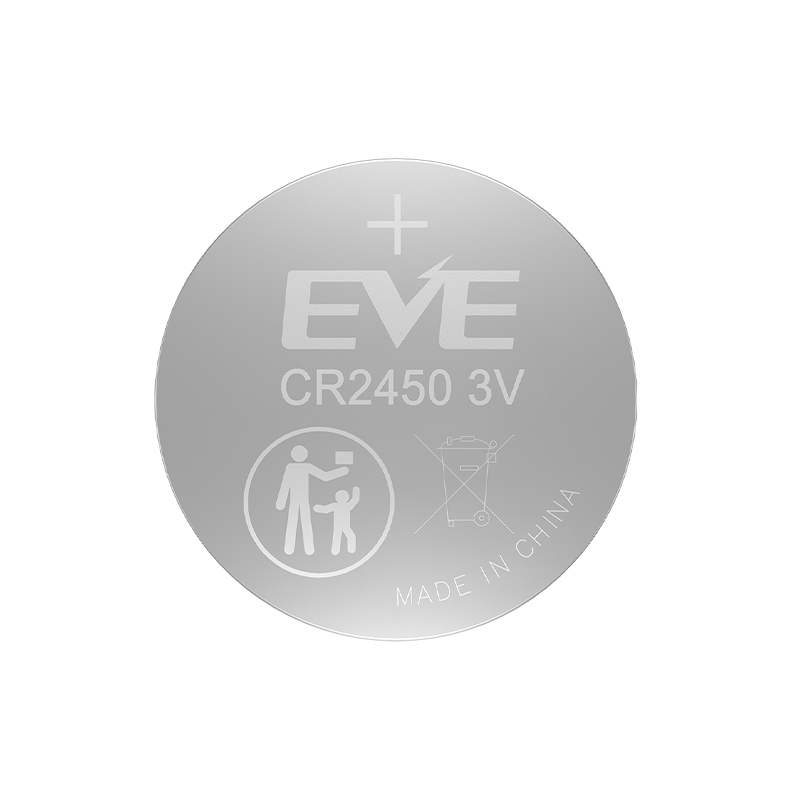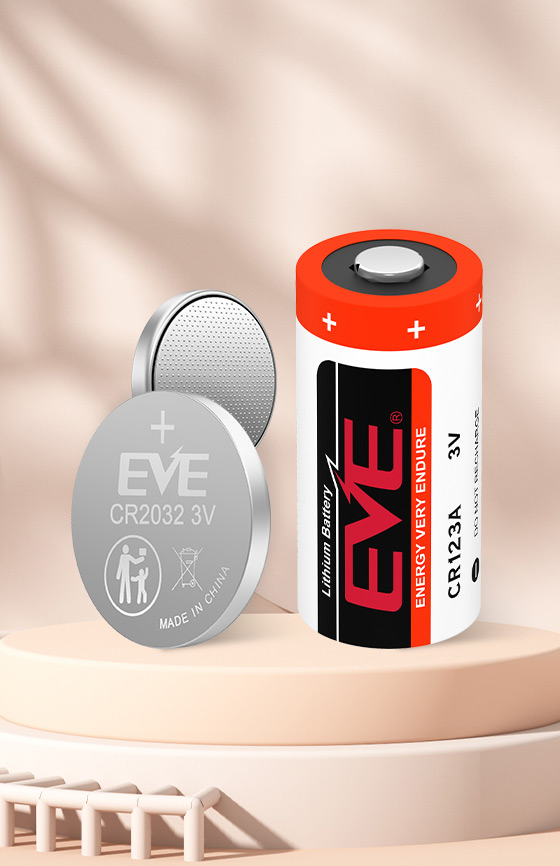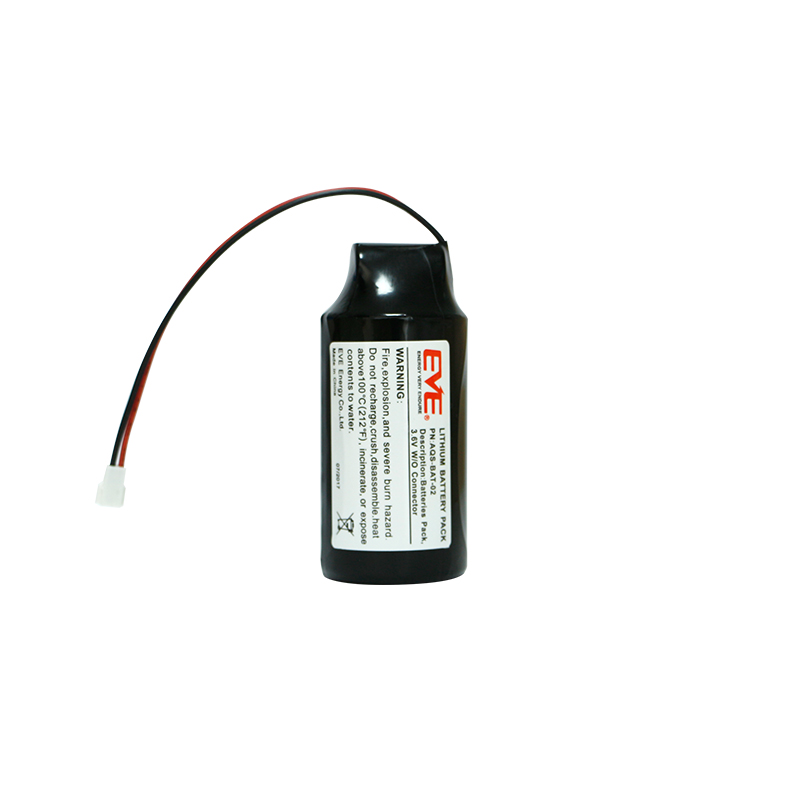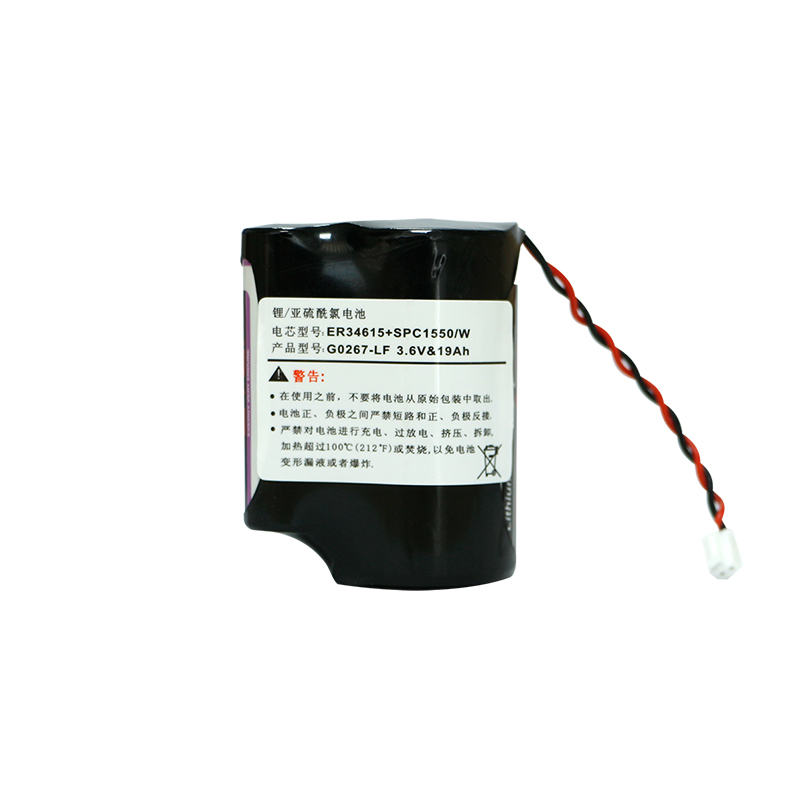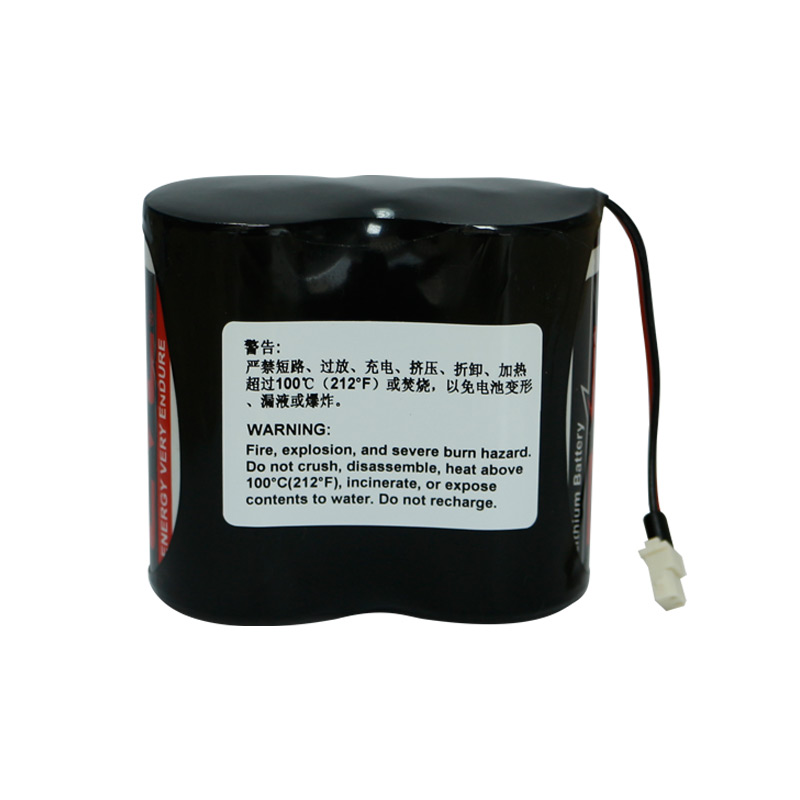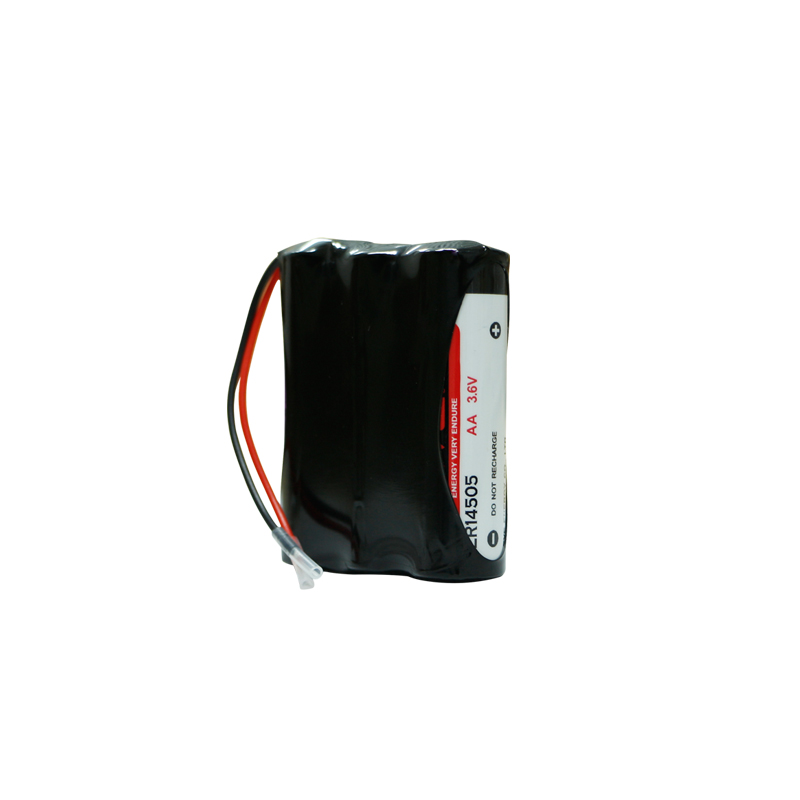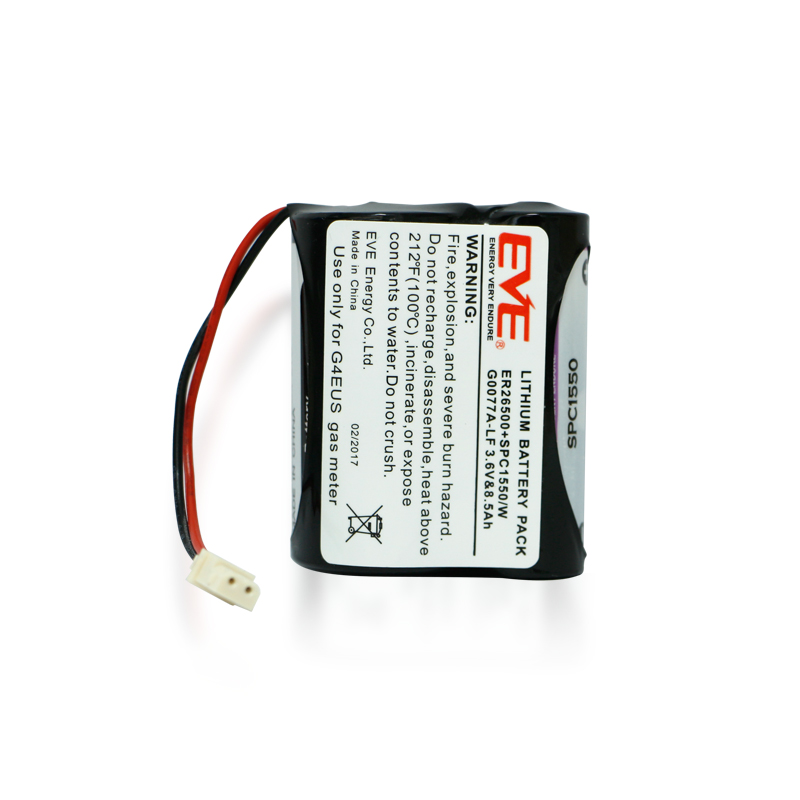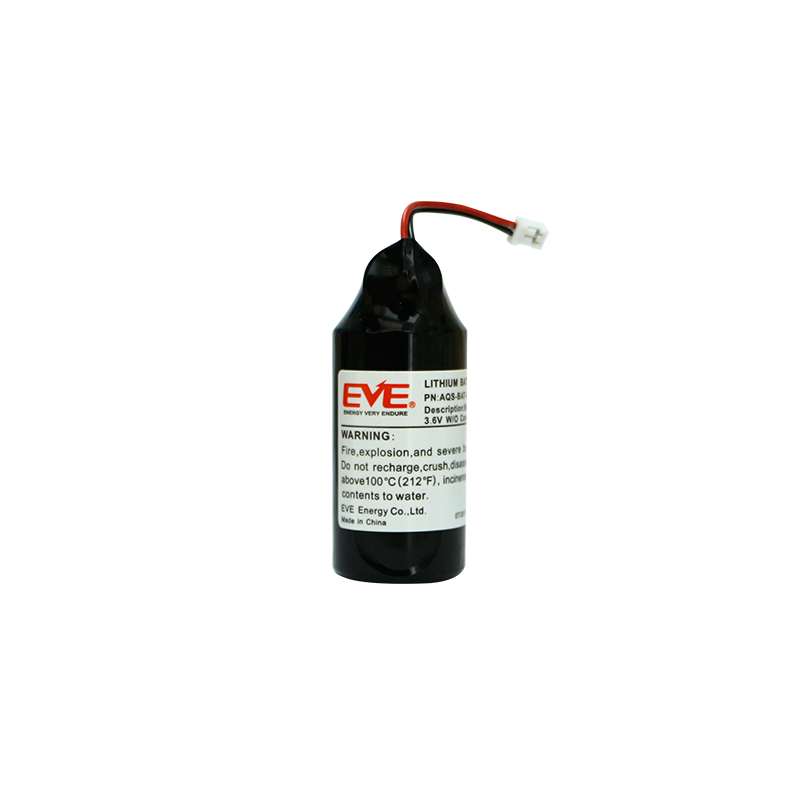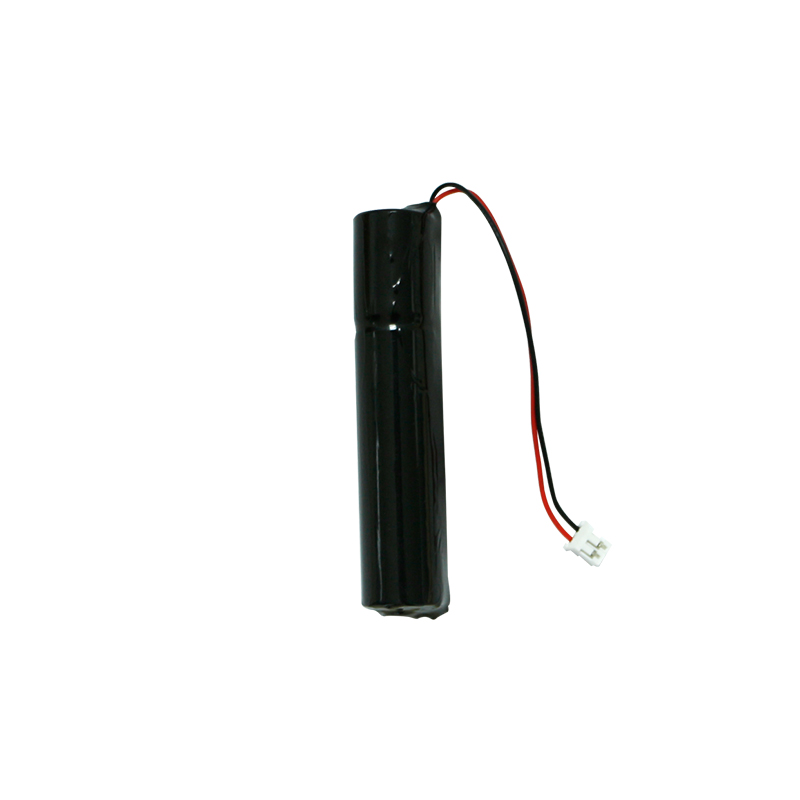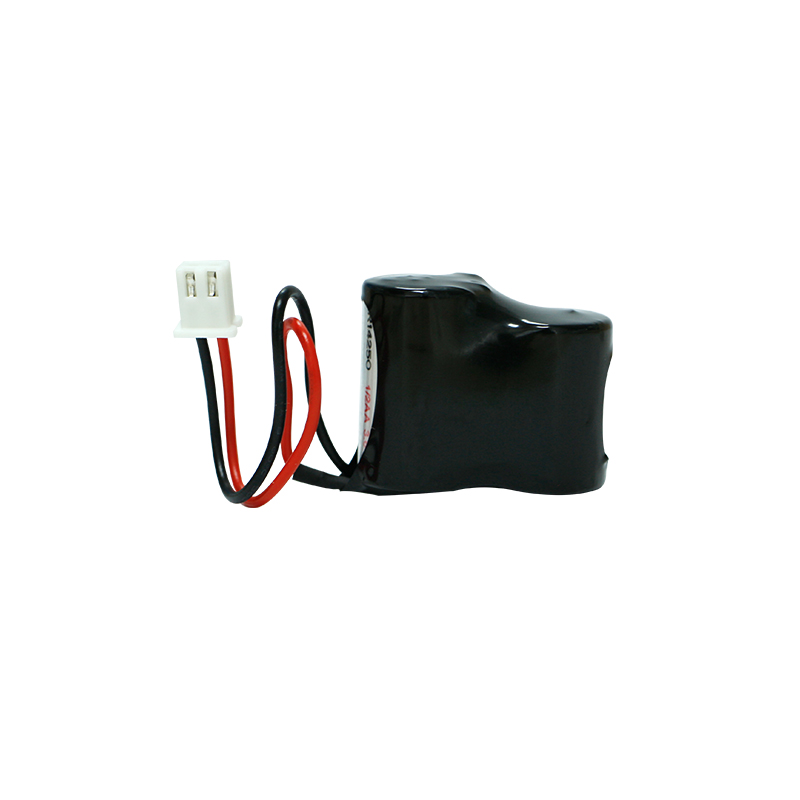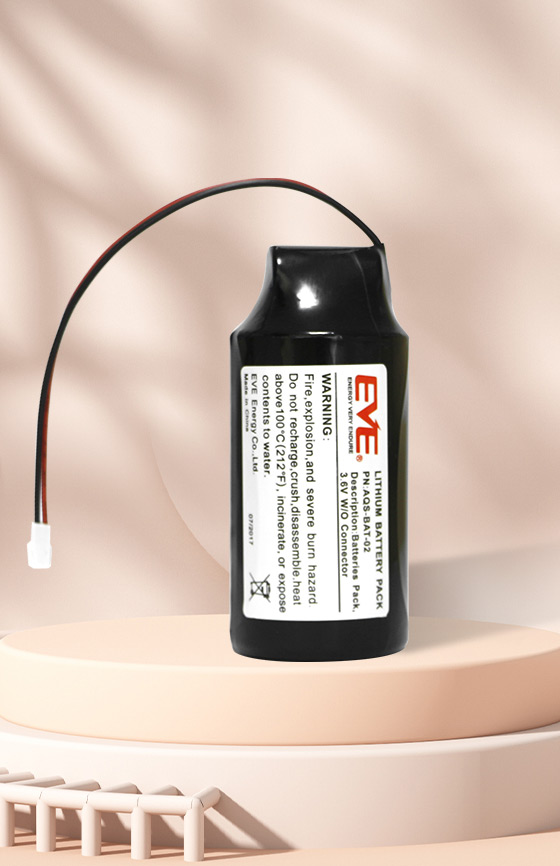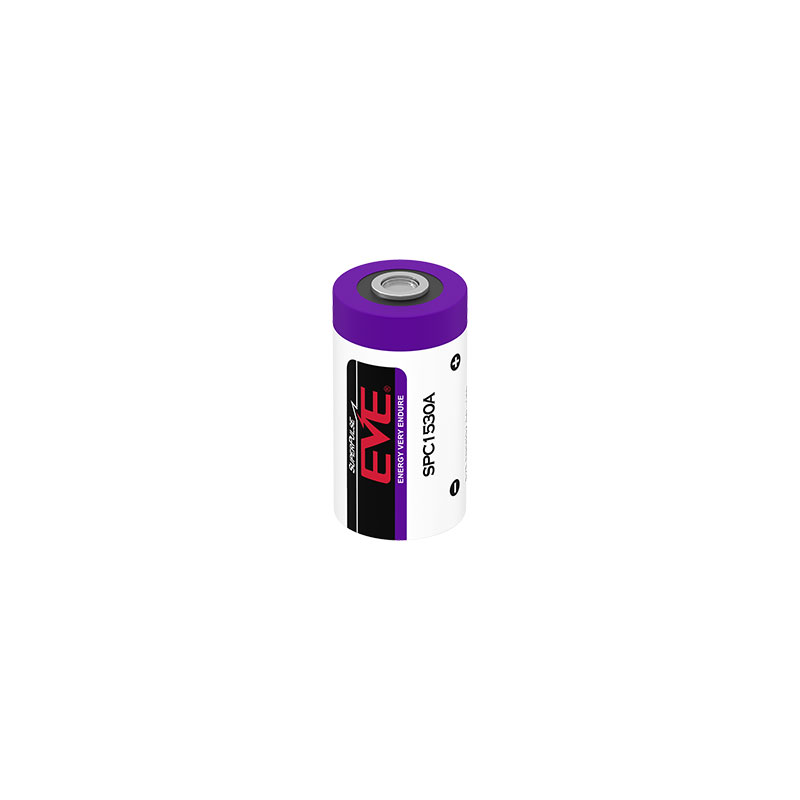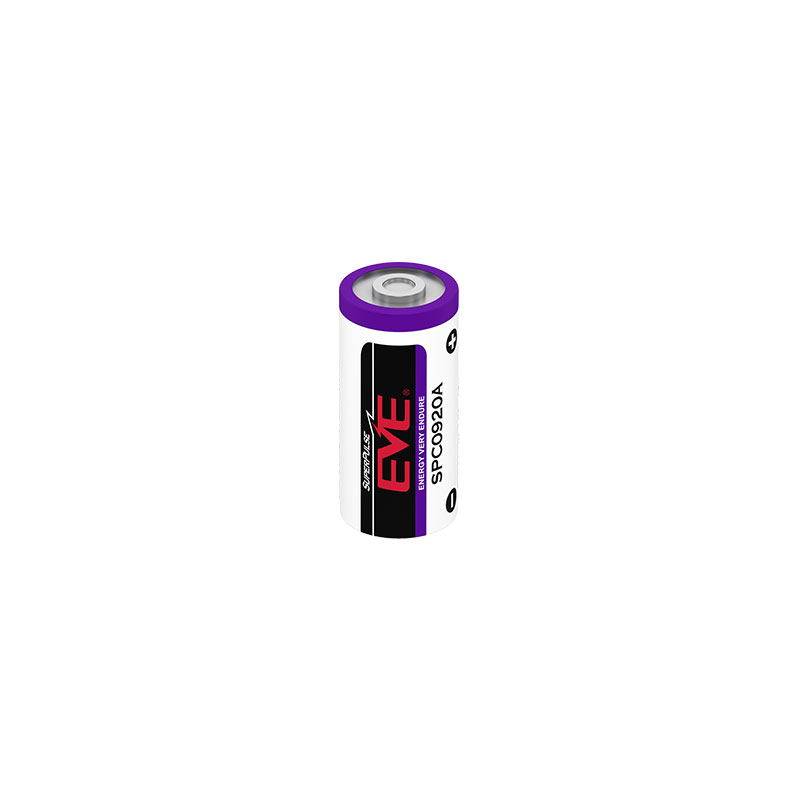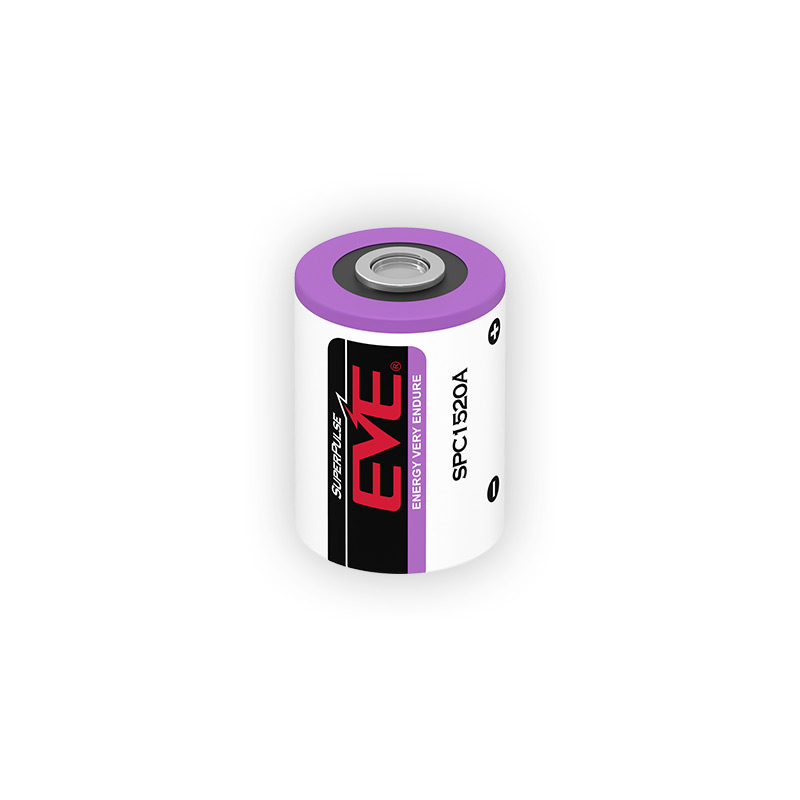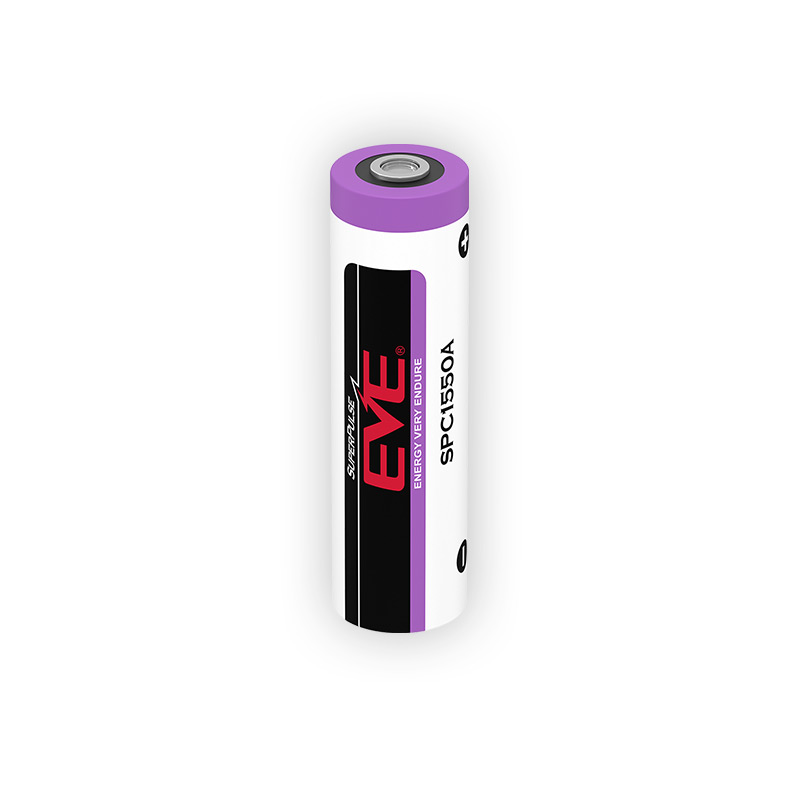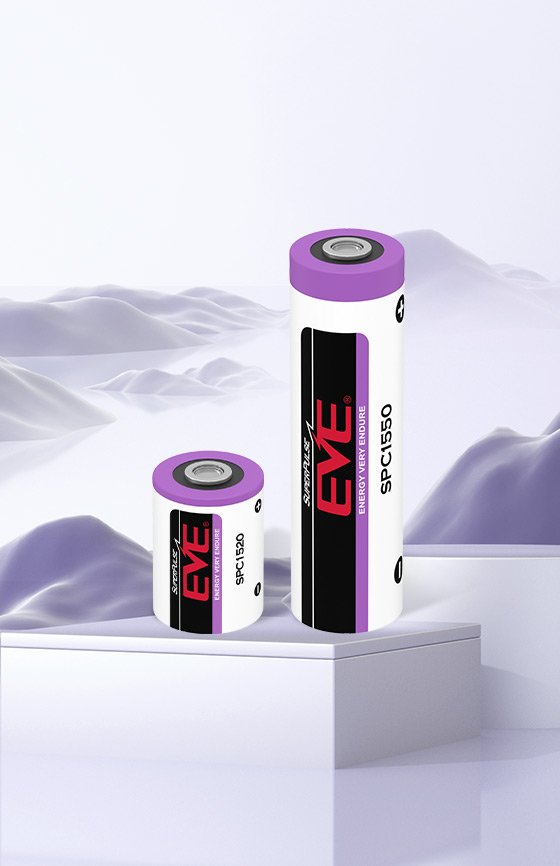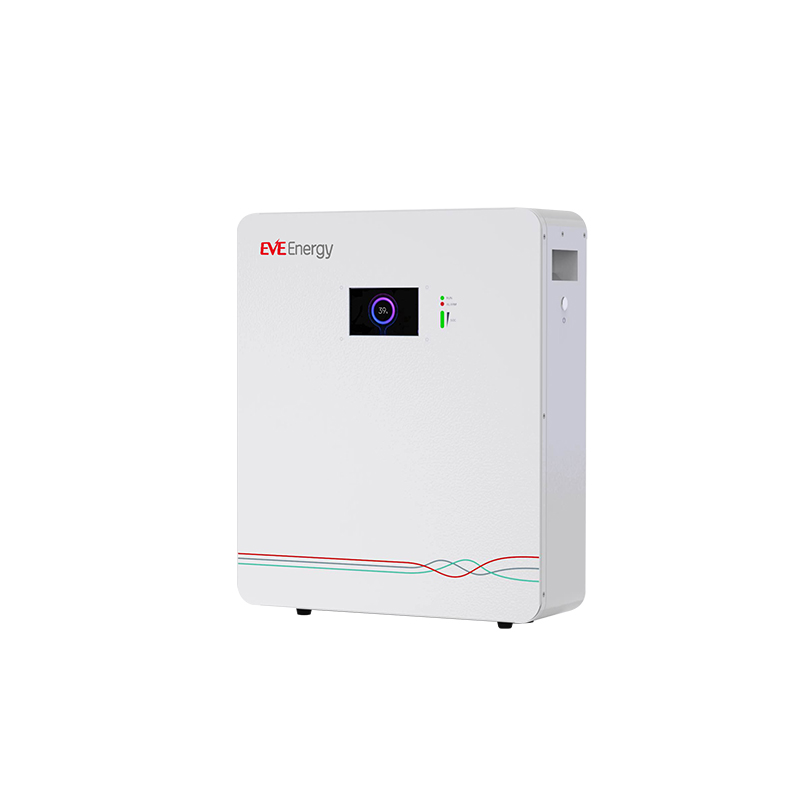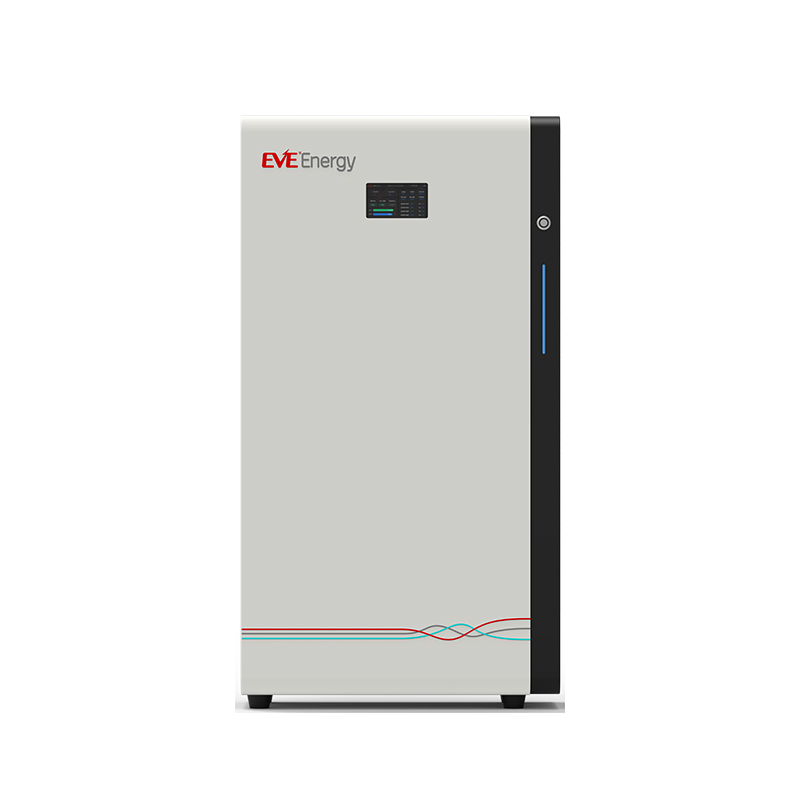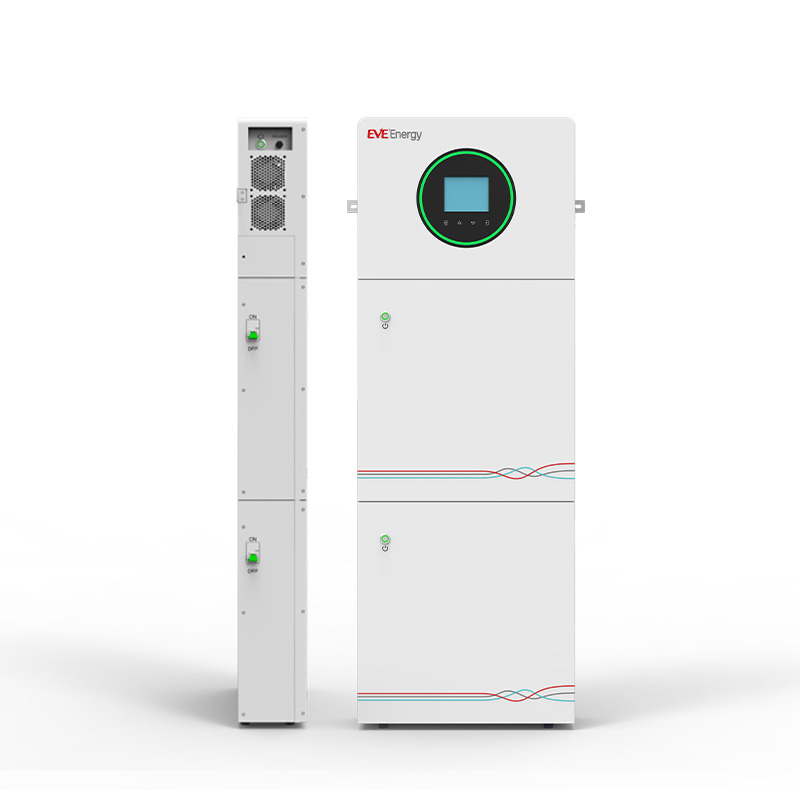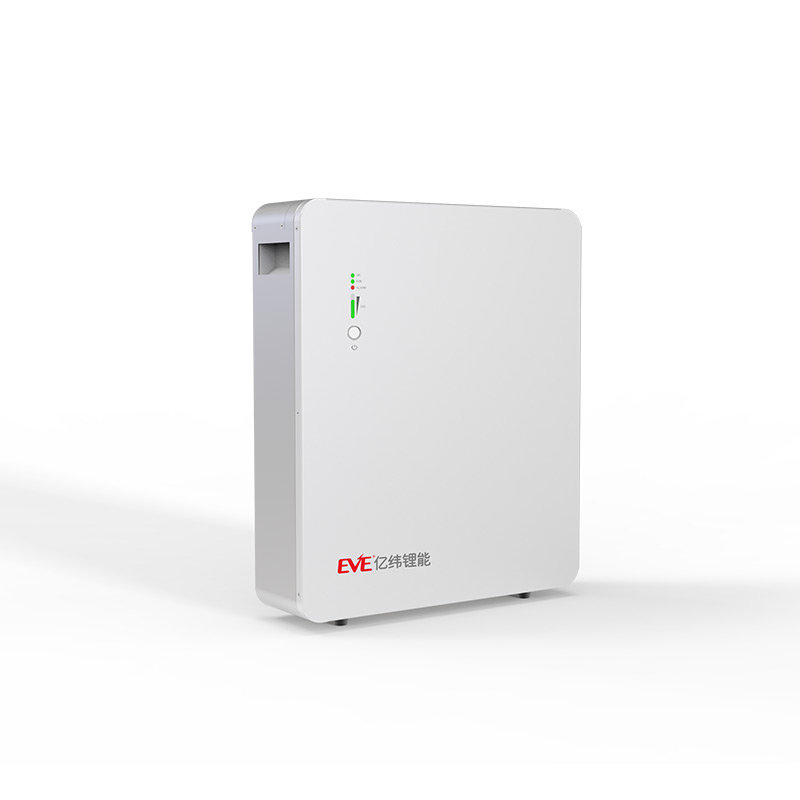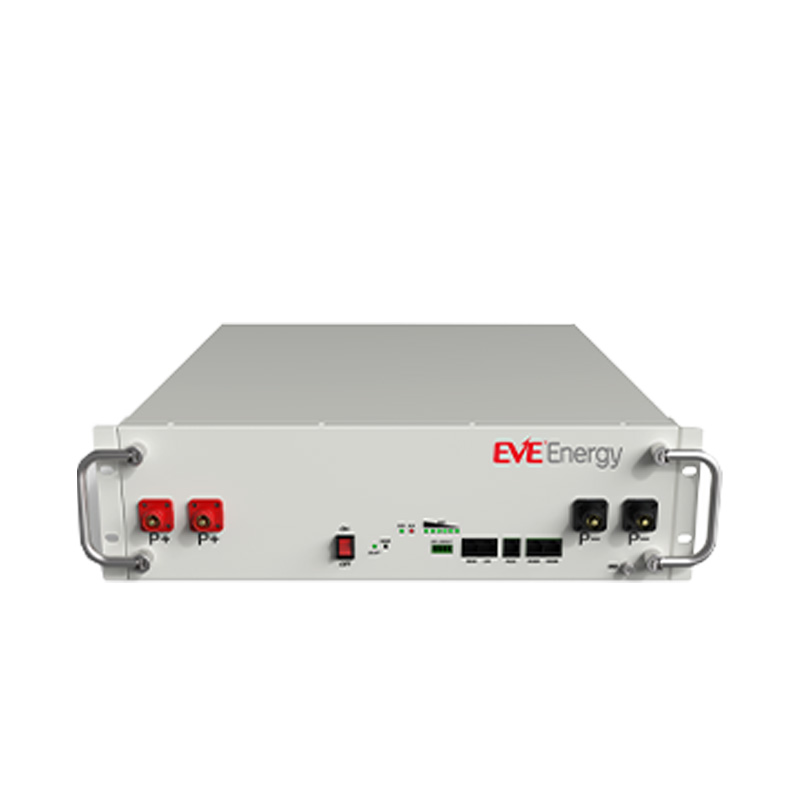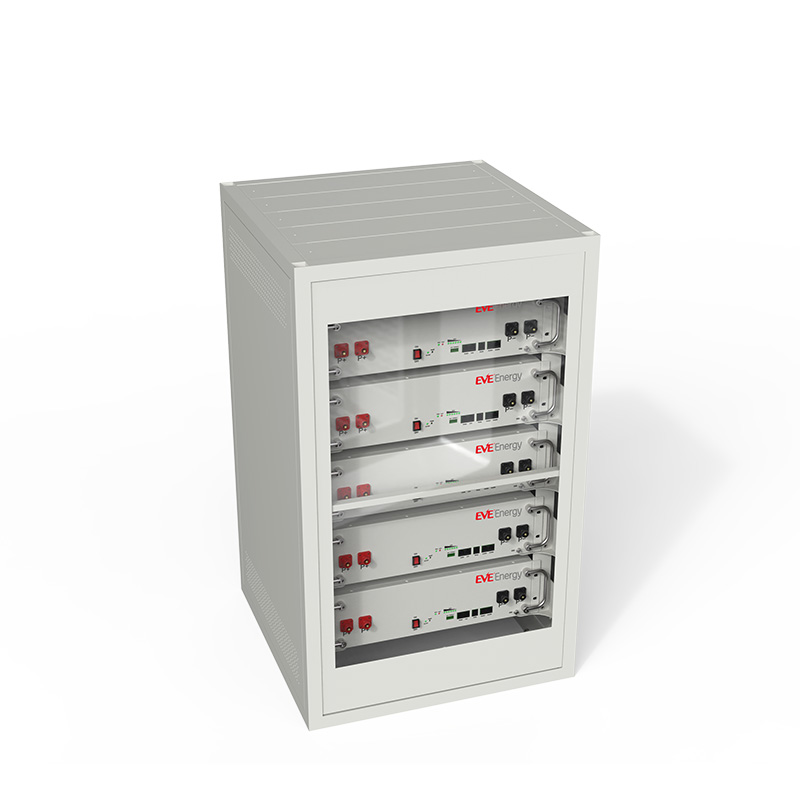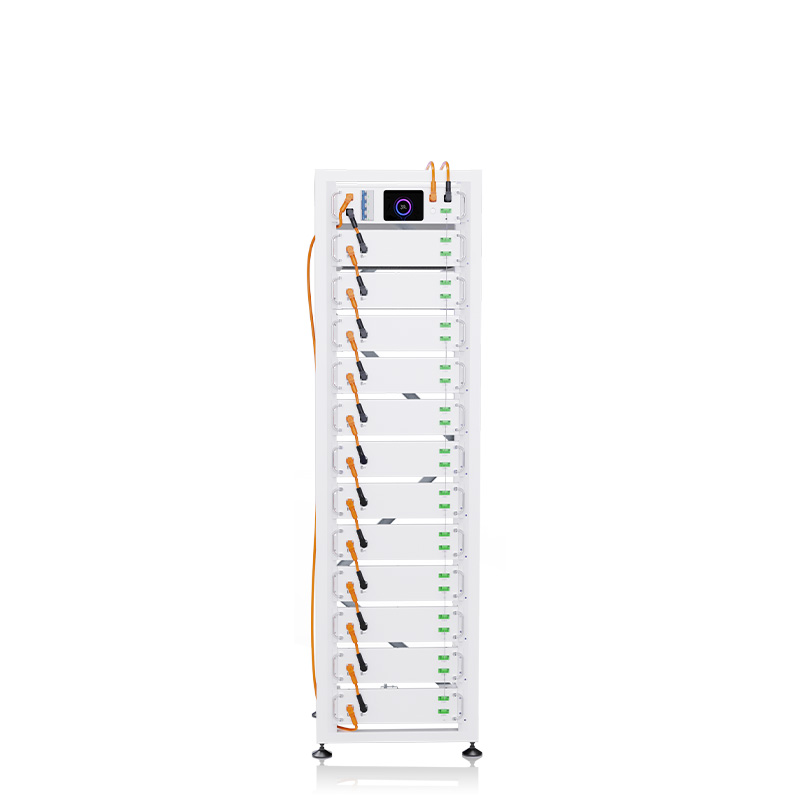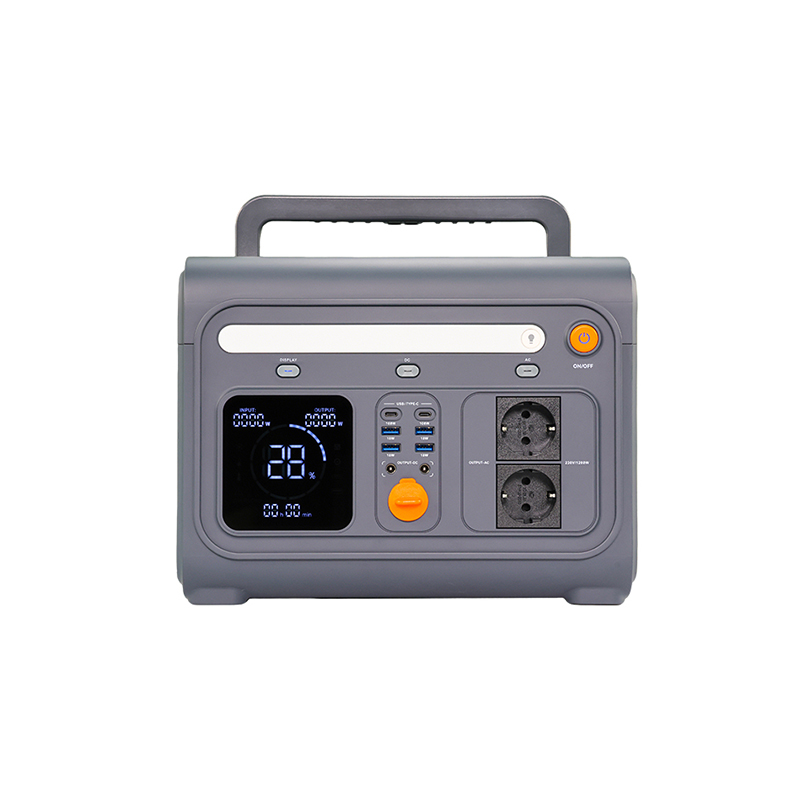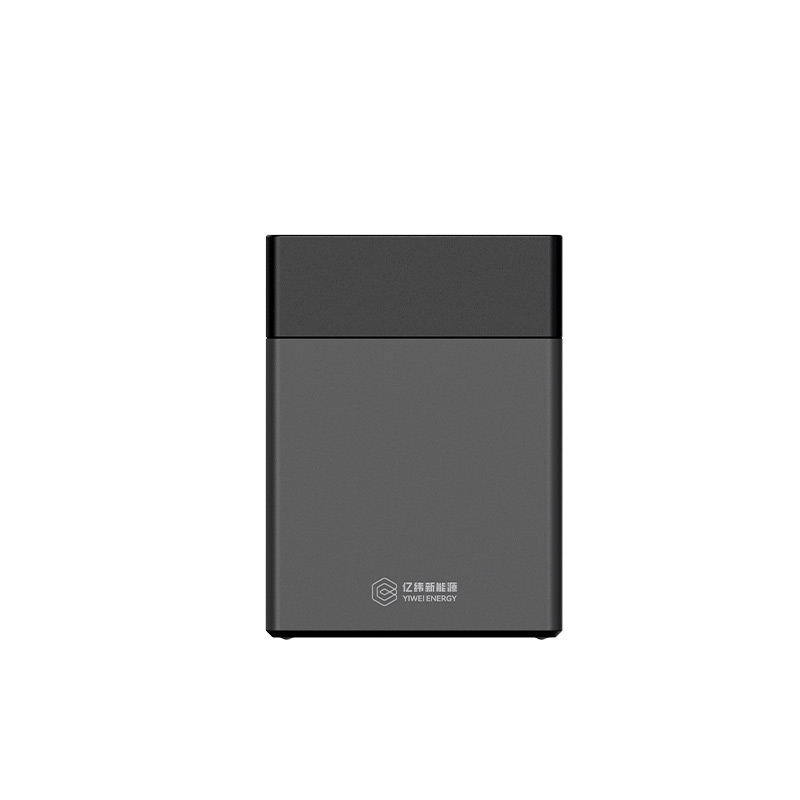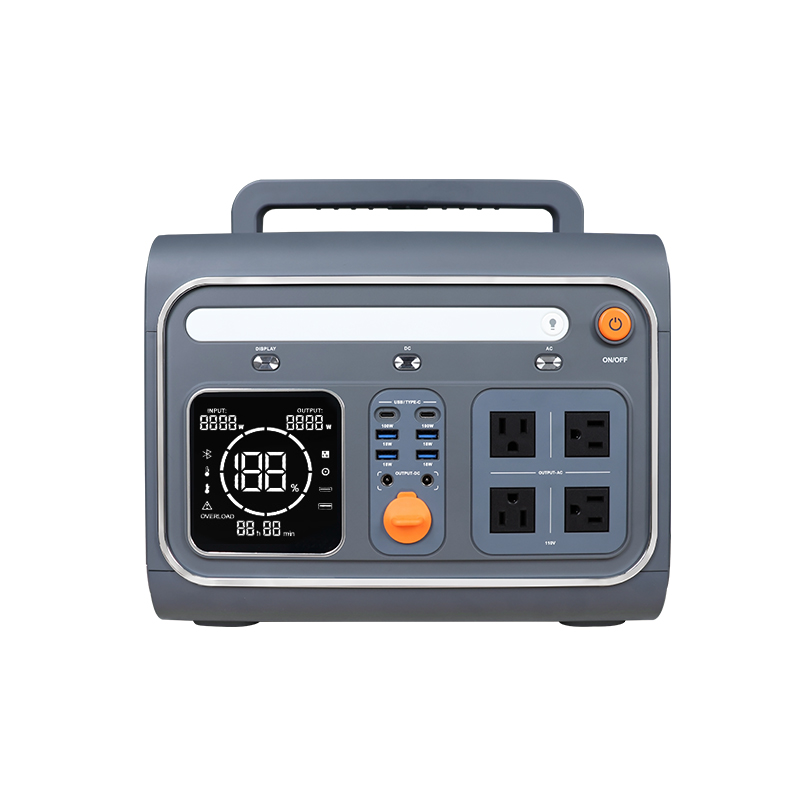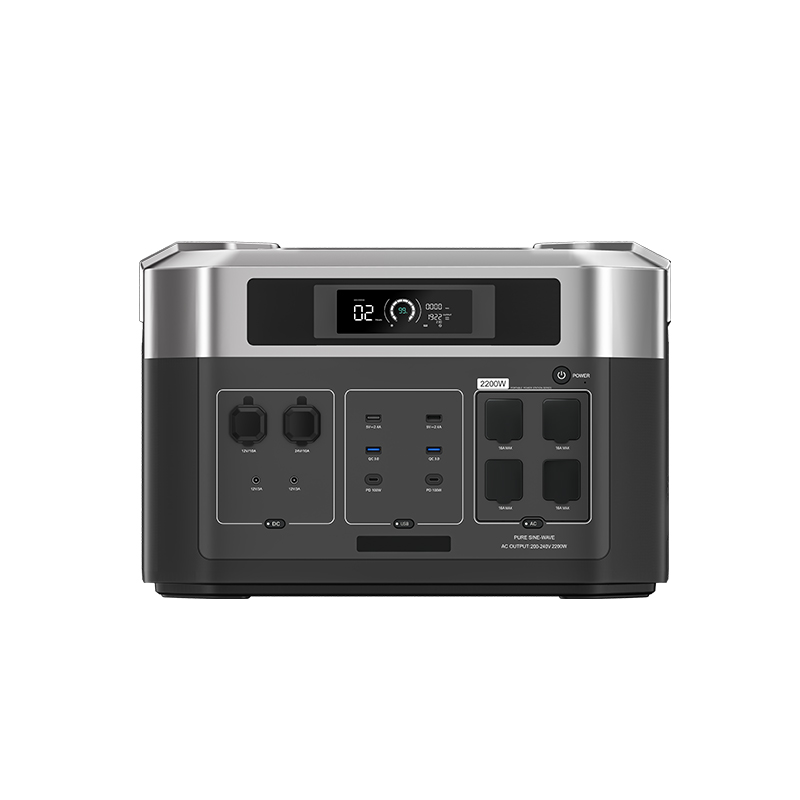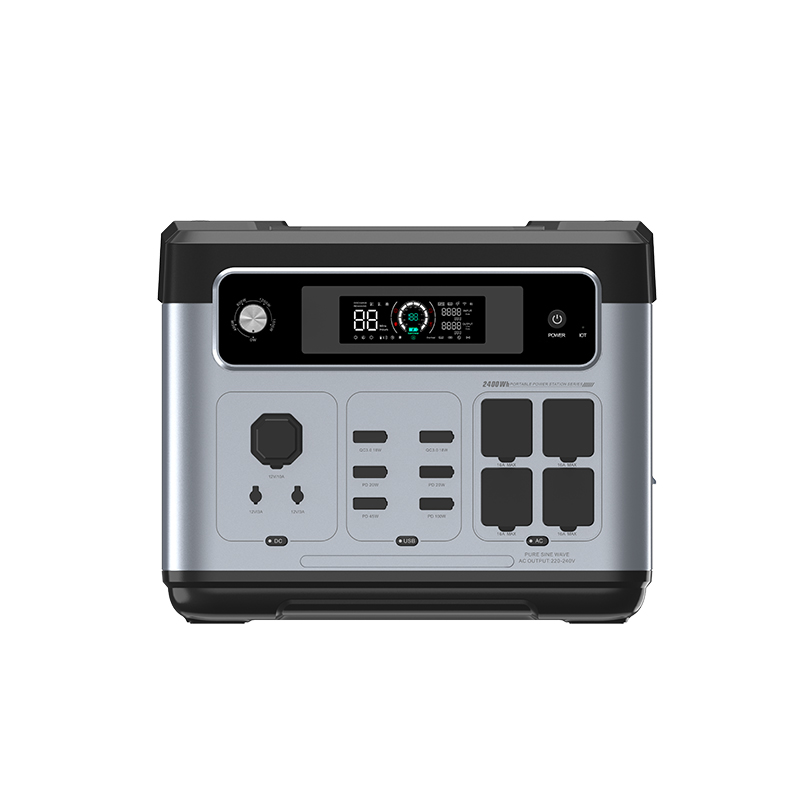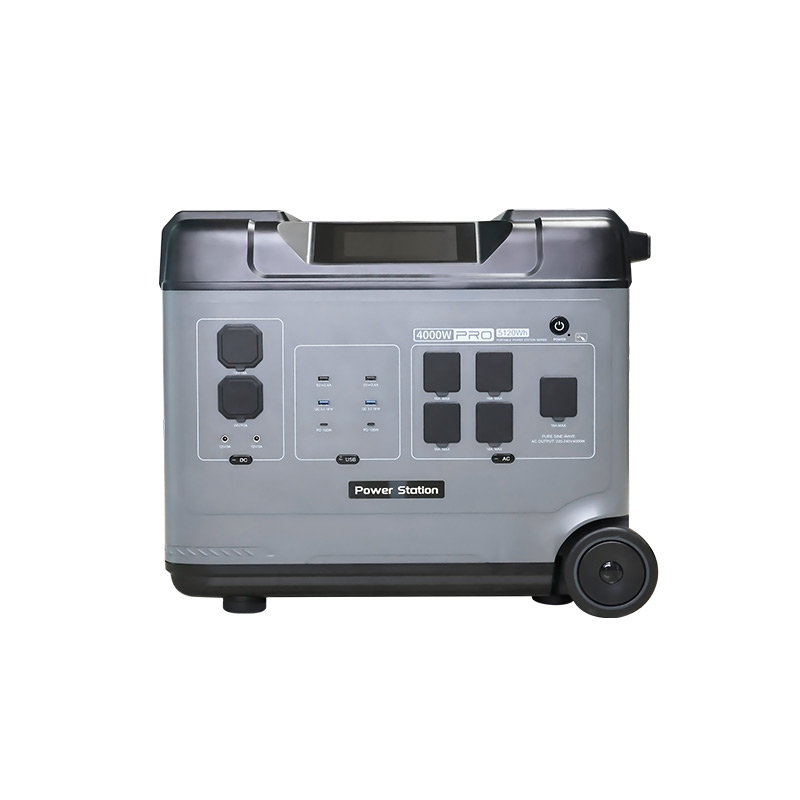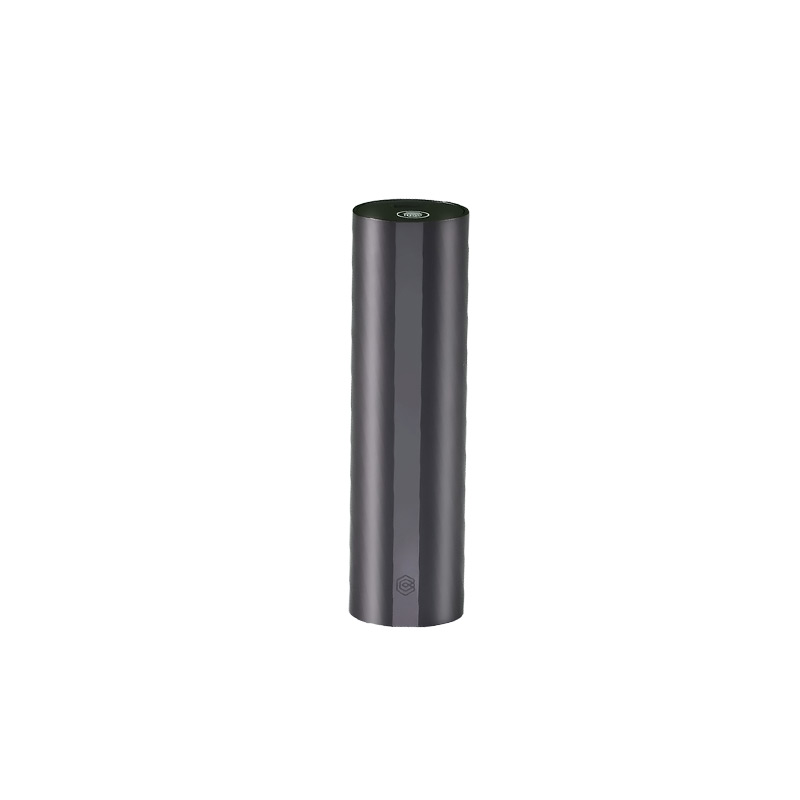4 Types of Industrial Energy Storage Technologies You Should Know
2025.05.28
Energy storage improves efficiency while moving loads, decreasing peak demand. It lowers supply-demand mismatches for better grid dependability during intermittent renewable production. Moreover, lithium-ion batteries capture extra energy and reuse it for sustainability. It decreases fossil-fuel backup generation. When combined with renewables, energy storage may reduce CO2 emissions by 90%.[1] Storage systems, including battery cells like EVE MB31, may also regulate frequency to stabilize the grid under changing situations.

Types of Industrial Energy Storage
Lithium-Ion Batteries
Lithium-ion batteries like those employed in the EVE MB31 energy storage solution move lithium ions from the anode to the cathode during discharge and in reverse during charging. The cathode material might be a lithium compound, while the anode is graphite. An advantage is their high energy density, which renders them compact and efficient for industrial grid stabilization or peak shaving. Yet, thermal runaway is a concern because overcharging can prompt catastrophic failures.
Flow Batteries
Flow batteries, including vanadium redox flow, store energy in liquid electrolytes that flow through electrochemical cells during charge and discharge. Unlike lithium battery energy storage, their energy capacity is decoupled from their power capacity for scalability while expanding tank sizes. It suits large-scale, long-duration energy storage solutions. Additionally, they have a longer lifecycle, which might exceed 15,000 charge cycles without degradation.
However, flow batteries have a lower energy density and need more space and infrastructure than solid-state batteries. The electrolytes are also corrosive, pose material challenges, and increase maintenance costs.
Flywheels
Flywheels store energy kinetically while spinning a mass (rotor) at high speeds. The energy is stored as rotational energy and is converted back to electrical energy through a generator when needed. Flywheels are used in short-duration, high-power burst applications, including frequency regulation or uninterruptible power supplies. Their strength is in their high cycle life and response times. Besides, they have little performance degradation over time.
Nevertheless, attaining high efficiency needs low-friction environments maintained through magnetic bearings or vacuum chambers, which increases system complexity. Similarly, flywheels have less energy density than electrochemical storage methods, which is incompatible with long-duration energy storage.
Compressed Air Energy Storage (CAES)
CAES works by compressing air and storing it in underground caverns or high-pressure containers during excess electricity times. When energy is needed, the compressed air is heated and expanded through turbines for electricity. The advantage of CAES is its potential for large-scale storage and long-duration energy discharge for hours or even days of backup power.
However, the system's efficiency is relatively low and might range between 40% and 70% [2] due to thermodynamic losses during compression and expansion. Plus, CAES necessitates weighty infrastructure, including suitable geological formations for underground storage, which limits its geographical flexibility.
Applications of the Types of Technology Above
Lithium-ion batteries in EVE MB31 benefit uses where high energy density and response times are key. It includes grid-scale energy storage for renewable integration or peak shaving in urban areas with space constraints. E.g., they are used in Tesla's Megapack for smoothing solar and wind fluctuations. [3]
On the other hand, flow batteries suit long-duration energy storage, like in remote microgrids or industrial sites for stable power over hours. Due to their scalability and long cycle life, VRFB systems are used in utilities, including Dalian's 200MW/800MWh project in China. [4]
Flywheels have a near-instantaneous response and high cycle life and are used in frequency regulation and UPS applications in data centers or hospitals for millisecond-scale backup power, such as the commercial flywheel storage system in Alaska. [5]
Finally, CAES is ideal for large-scale, long-duration storage in areas with appropriate geological formations, like salt caverns. It is used for grid balancing and seasonal storage, which is typified by the 110 MW Huntorf plant in Germany that provides hours of discharge to support grid stability. [6]
EVE MB31 LFP Prismatic Cells
The EVE MB31 LFP prismatic cells offer a 3.2V lithium-ion battery nominal voltage and a 314Ah capacity for high-capacity energy storage applications. With an 8000-cycle life, they guarantee endurance in arduous settings.

The cells have a low internal resistance of 0.18 mΩ while supporting higher energy efficiency and negligible heat generation during operation. Weighing 5600g and measuring 207.2mm in height, such cells can operate under charging temperatures from 0 to 60°C and discharging temperatures as low as -30°C. So, it provides resourcefulness across climates.
Conclusion
Integrating cutting-edge e-commerce with an eco-friendly supply chain makes EVE unique. We use our power battery and EVE MB31 energy storage expertise to connect with top European and worldwide companies, including Growatt, Sungrow, and GoodWe. We invest in sustainable operations like lithium battery recycling and European delivery hubs, which sets us apart. It lets us satisfy high local demand while being carbon-neutral.
Reference:
[2] https://www.sciencedirect.com/science/article/abs/pii/S1364032122005901
[3] https://www.tesla.com/megapack
[4] https://www.energy-storage.news/first-phase-of-800mwh-world-biggest-flow-battery-commissioned-in-china/
[5] https://www.bestmag.co.uk/abb-install-flywheel-storage-system-alaska/
[6] https://www.sciencedirect.com/science/article/abs/pii/S0196890420302004
Related Content:
-

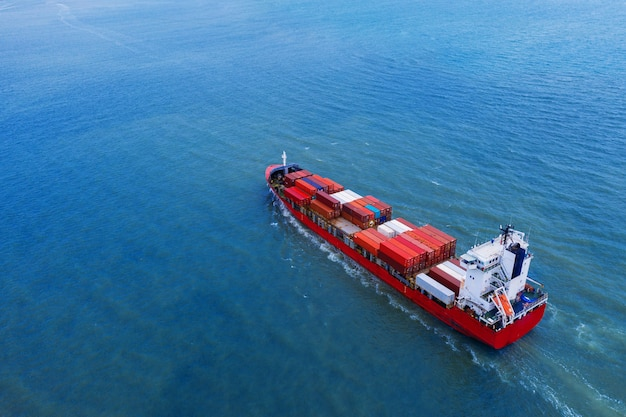 The Significance of Lithium Boat Battery: Why, What, And How
The Significance of Lithium Boat Battery: Why, What, And How2025.05.28
-

 How Does Household Energy Storage Keep the Lights on During Power Outage?
How Does Household Energy Storage Keep the Lights on During Power Outage?2025.05.28
-

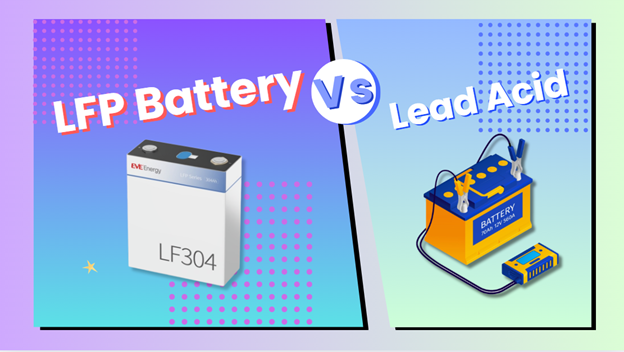 LiFePO4 vs. Lead Acid: Performance, Applications and Supply Chain
LiFePO4 vs. Lead Acid: Performance, Applications and Supply Chain2025.05.27
-

 EVE LiFePO4 State of Charge Chart & Discharge Curve & Capacity Diagrams
EVE LiFePO4 State of Charge Chart & Discharge Curve & Capacity Diagrams2025.05.27





